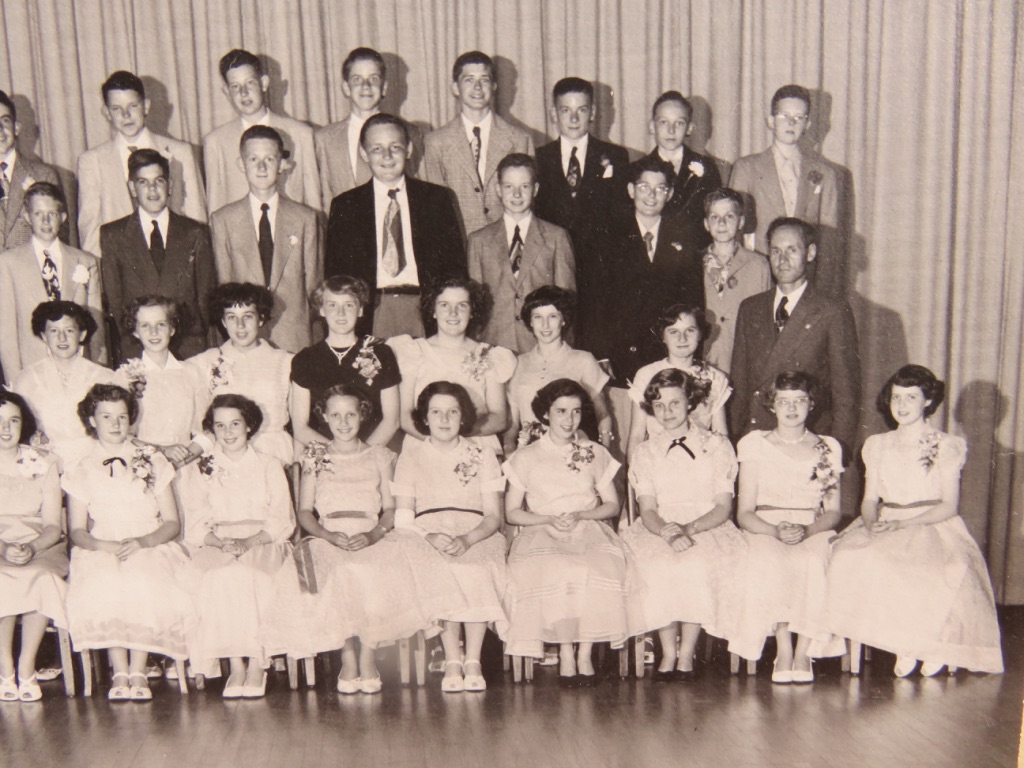
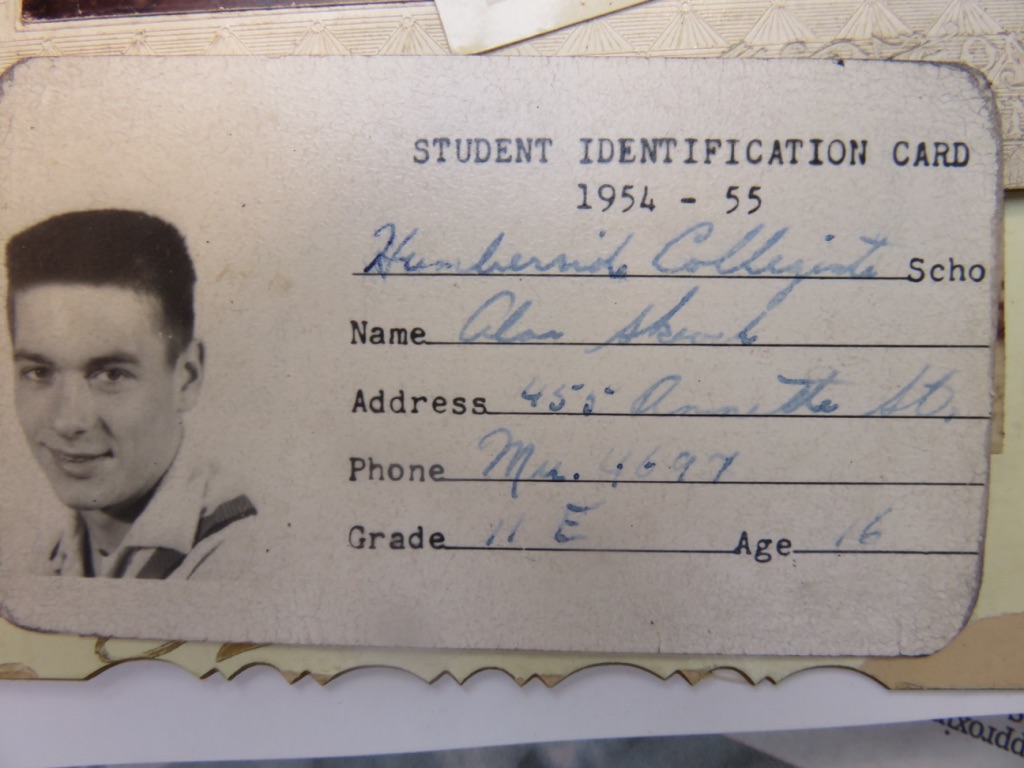

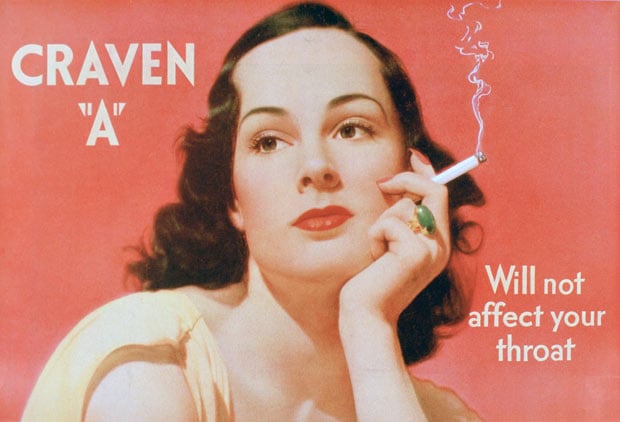
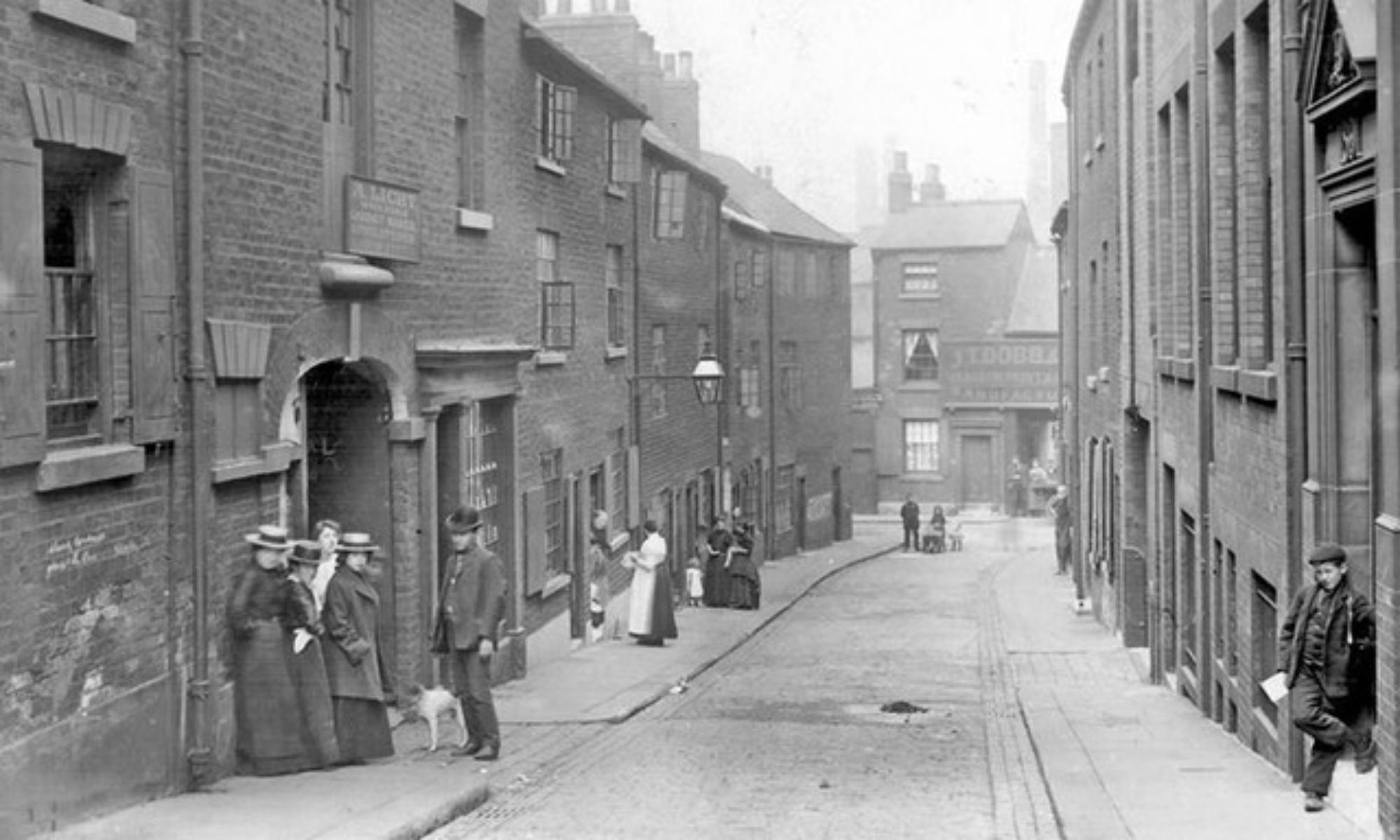
Alan's Oeuvre






EPISODE 118 VIOLENCE IN MY LIFE, PART TWO: THE KILLING FLOOR

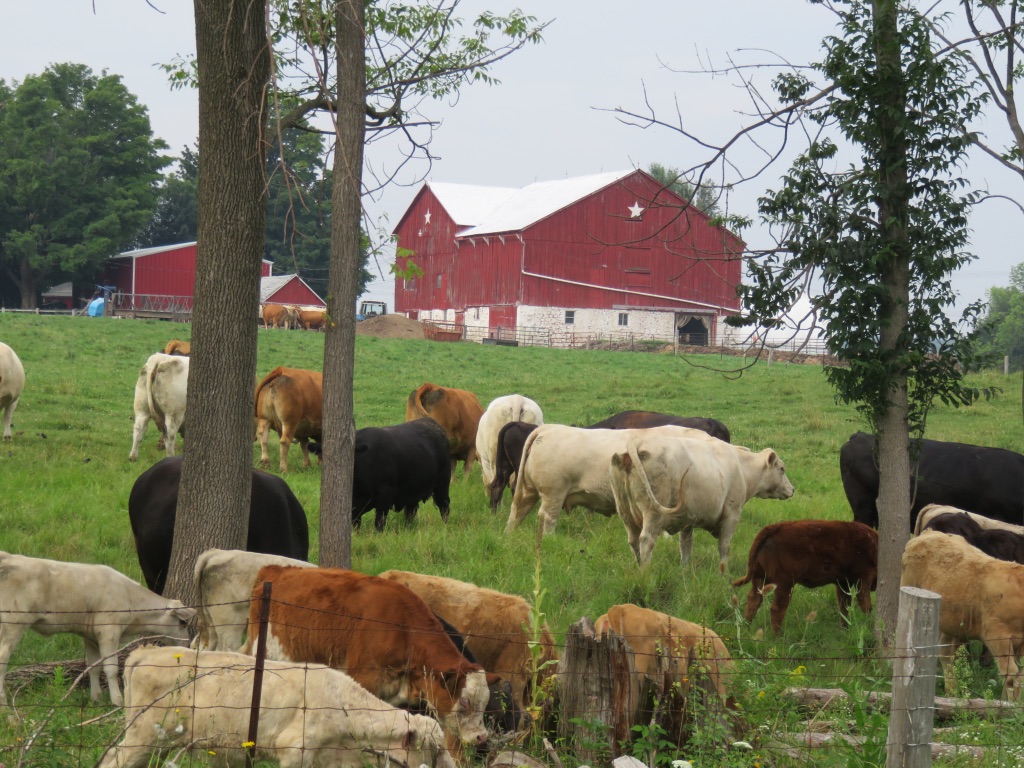

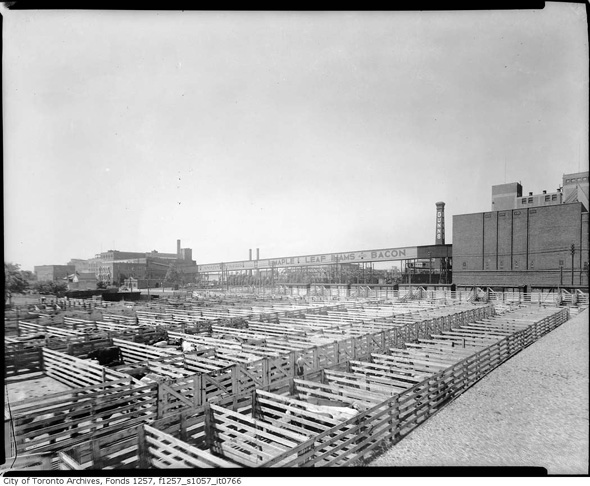
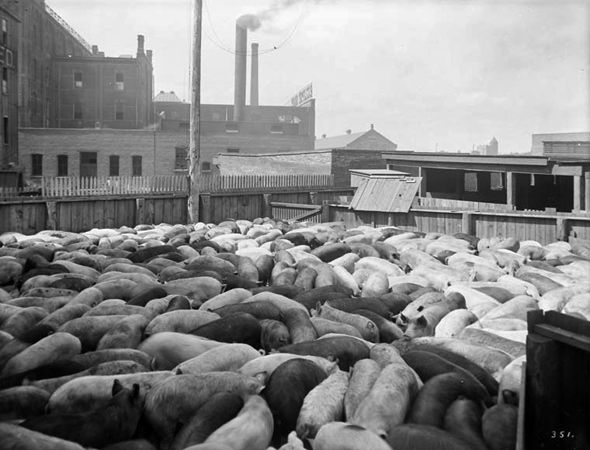

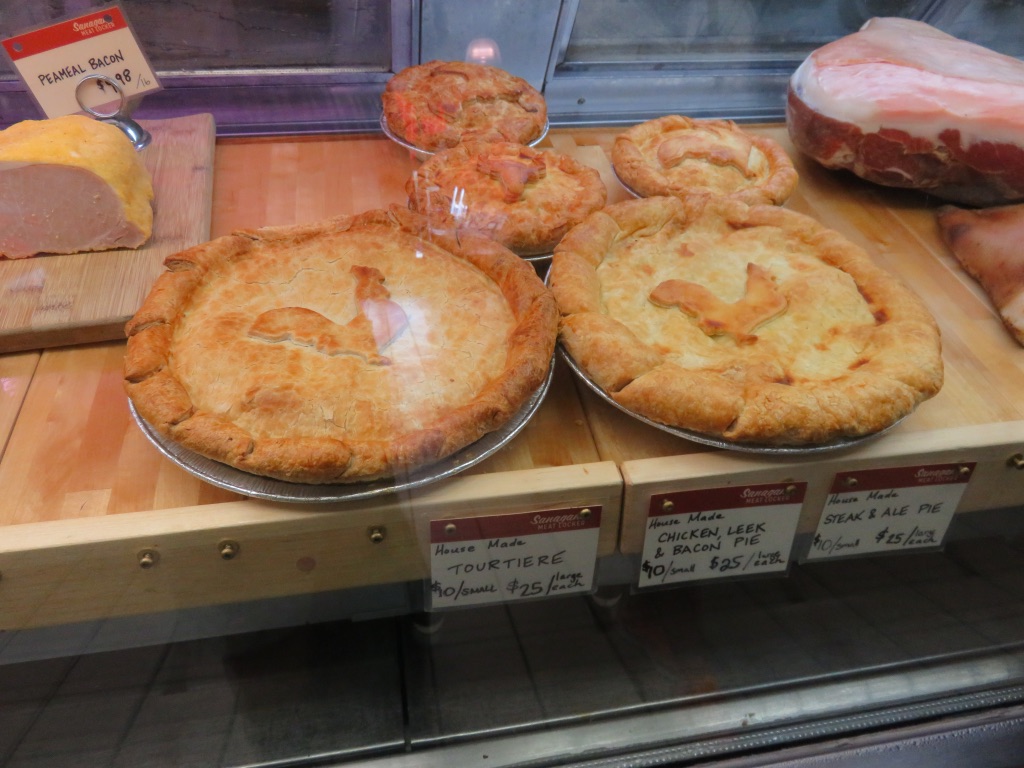
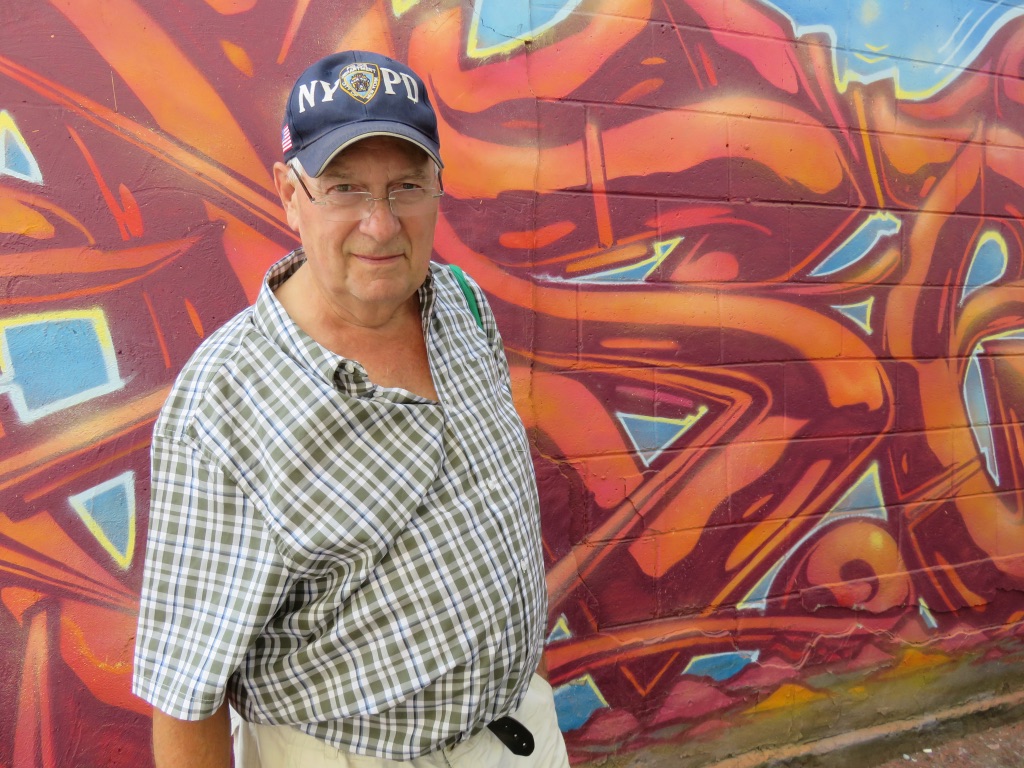
Begin forwarded message:
From: ALAN SKEOCH <alan.skeoch@rogers.com>Subject: EPISODE 117 tracked by a snapping turtleDate: September 13, 2020 at 11:10:23 PM EDTTo: Alan Skeoch <alan.skeoch@rogers.com>, Marybeth Skeoch <northerndiva5@yahoo.com>, John Wardle <jwardle@rogers.com>
EPISODE 117 TRACKED BY A SNAPPING TURTLEalan skeochSept. 2020There is much to be said about that sixth sense we have on occasions.I was binding soybeans plants into sheaves for possible moviedecor when I got the feeling there was something behind me. Really.So I turned around. Nothing. I was all alone.But wait. What is that black dot on the trail. That dot was not therefive minutes ago for that was the trail I had just used. Black dot?Yep. I was being followed by this big snapping turtle. Or maybe I was just in his or her way.The snapper had no intention of hiding or escaping. The turtle stayed on the path and expectedme to move. Which I did.Many scientists believe we are in the midst of the sixth great extinction of life on earth. There have been five before ours. (if ours is true).The snapping turtles have survived extinctions in the past and they may survive this sixth extinction. We may not.The sixth extinction, by the way, has been caused by us….not by a meteor or a sudden volcanic explosion. We are doing it.Maybe we can stop it but we have to change our behaviour.Meanwhile back at base camp #1, Marjorie was harvesting weeds…keepingthe place ship shape. And Woody was with her….Woody was in the swamp. He never goes over his head.I think these bundles of soybeans will be good decor for a movie set once the leavesfall off.My plan is to reorganize the green house…make it accessible. After the soybean sheaves have dried. And before movie set material…carts, work benches, stools, tobacco, flax…etc. etc….before all that stuff comes back.alan skeochSept 2020
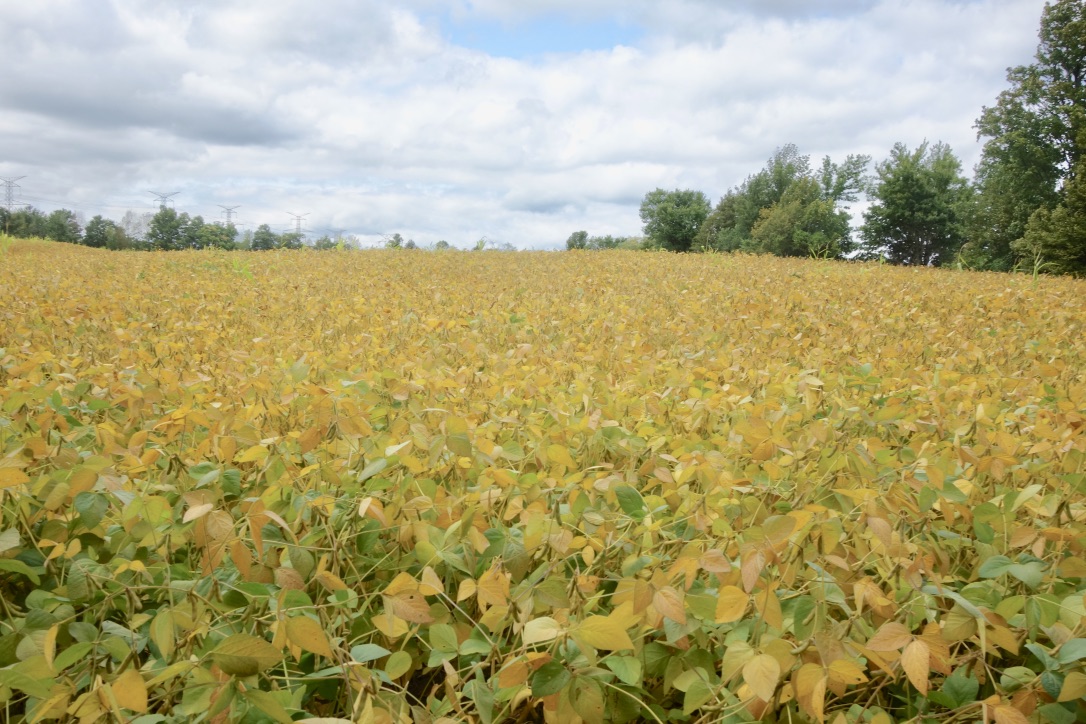
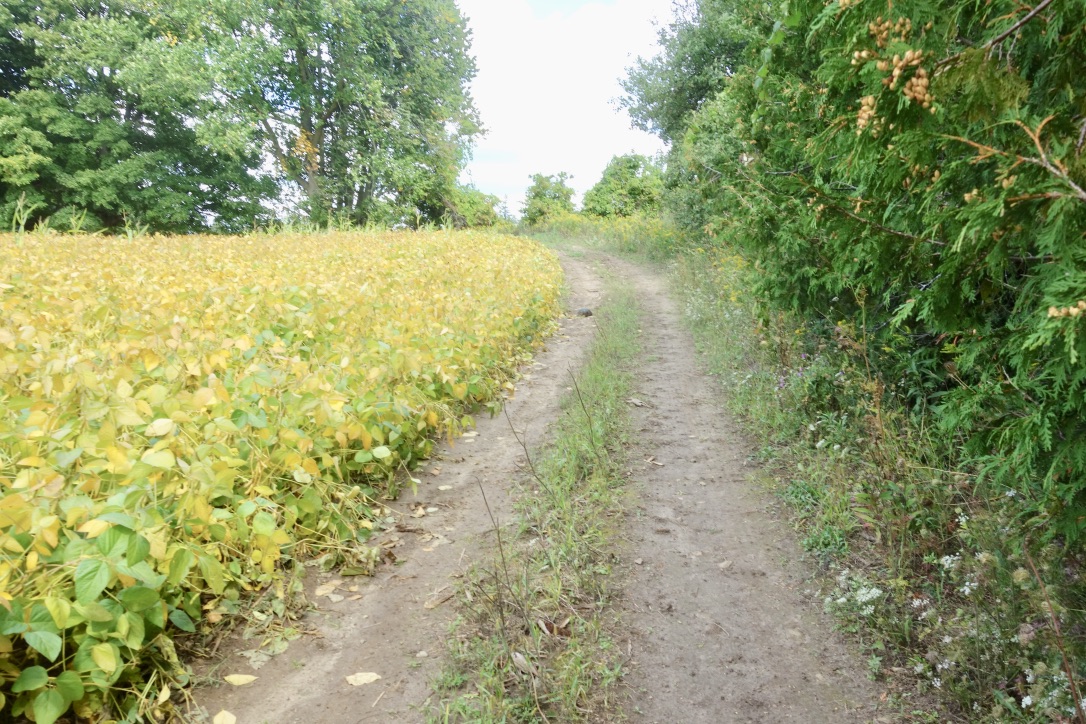
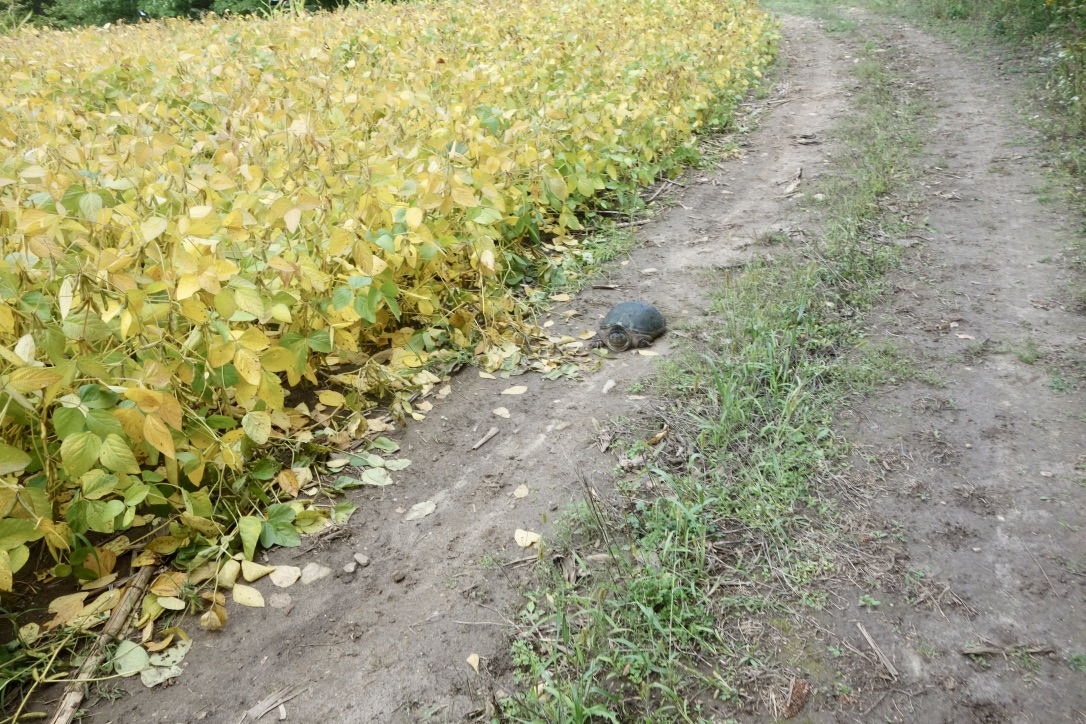

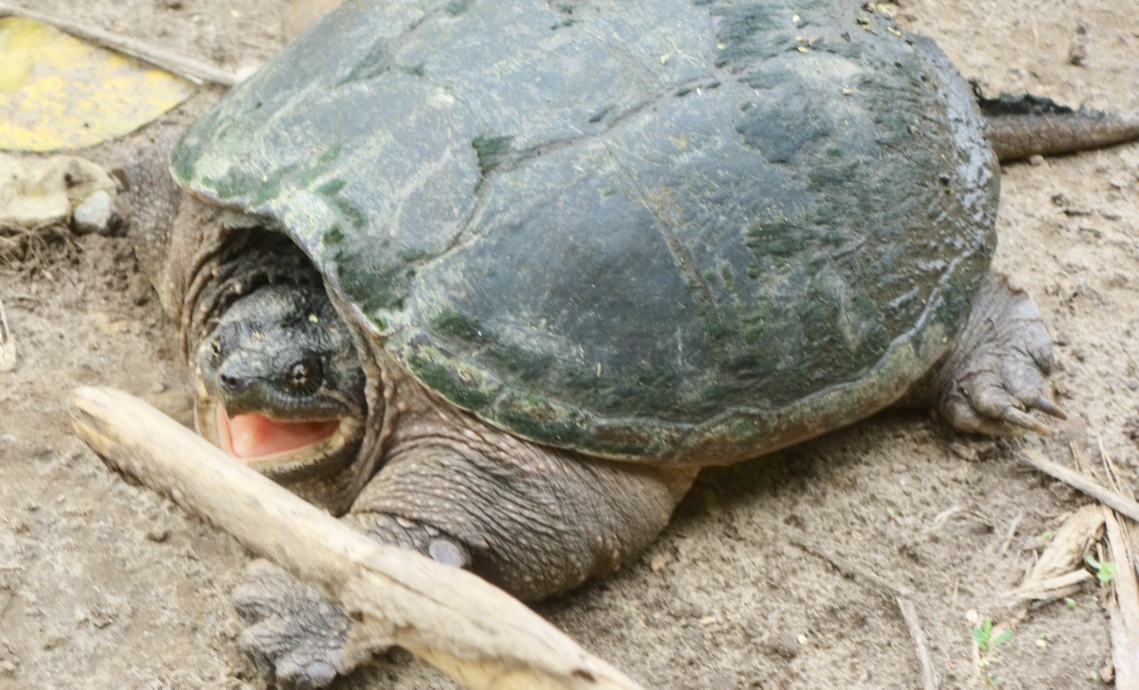

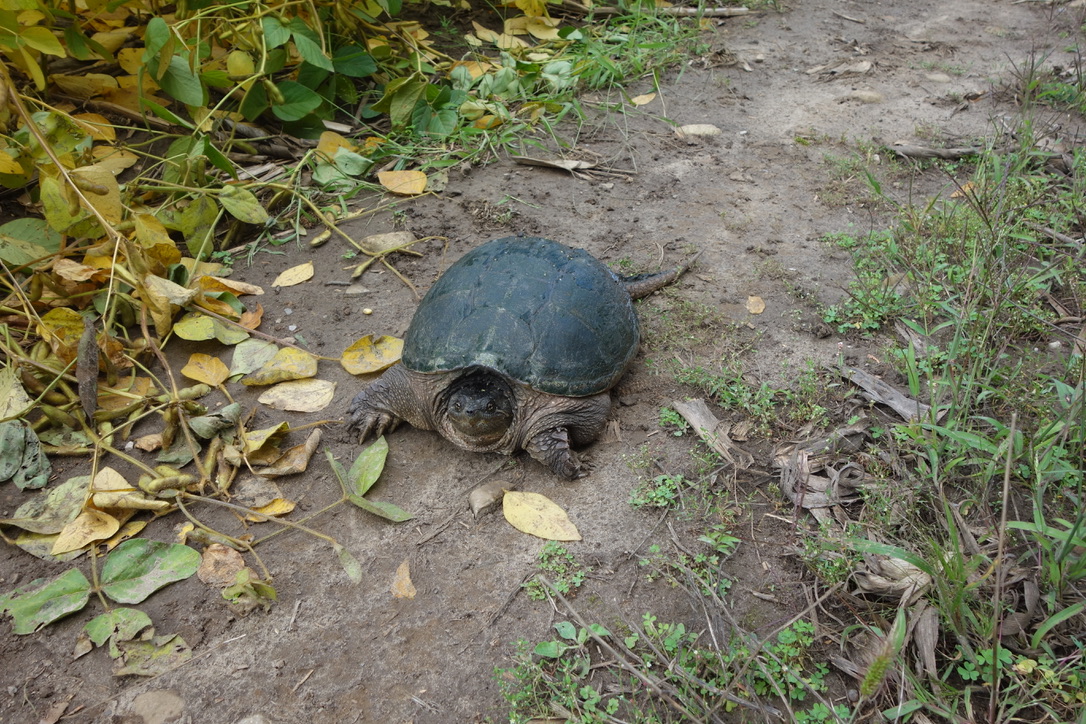
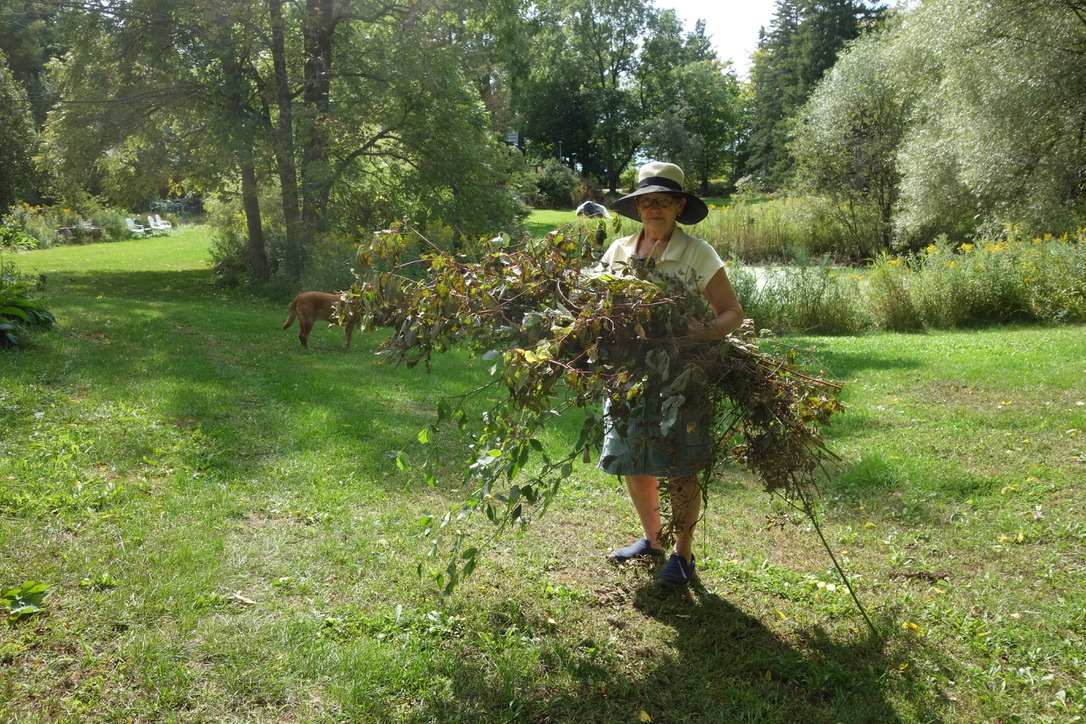
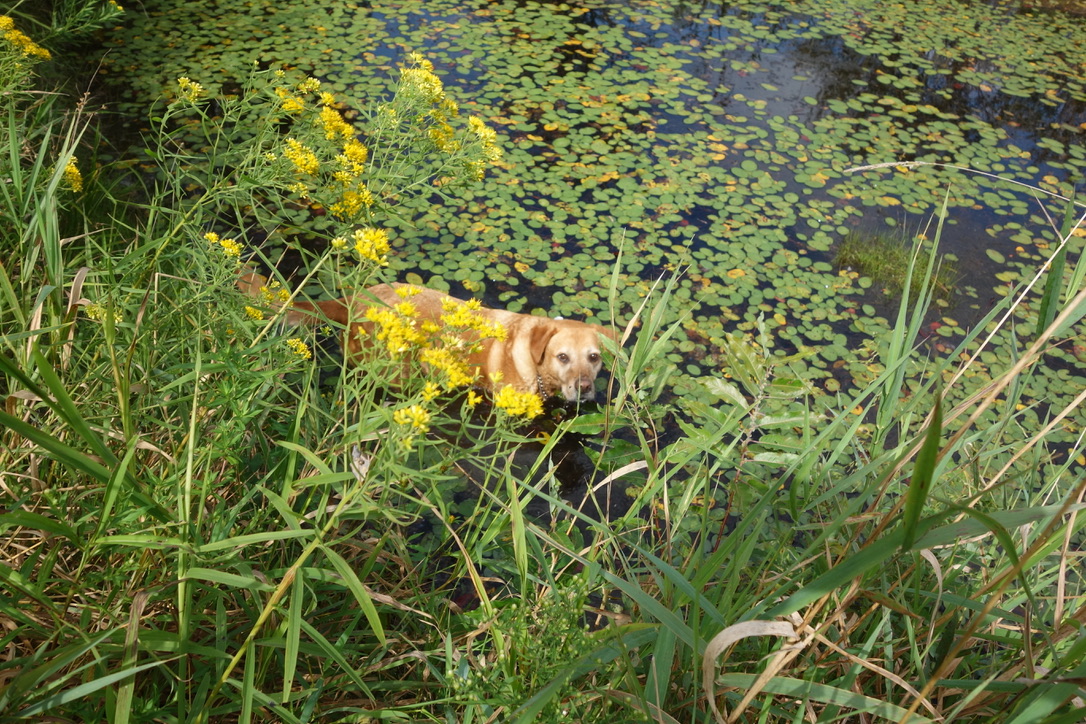




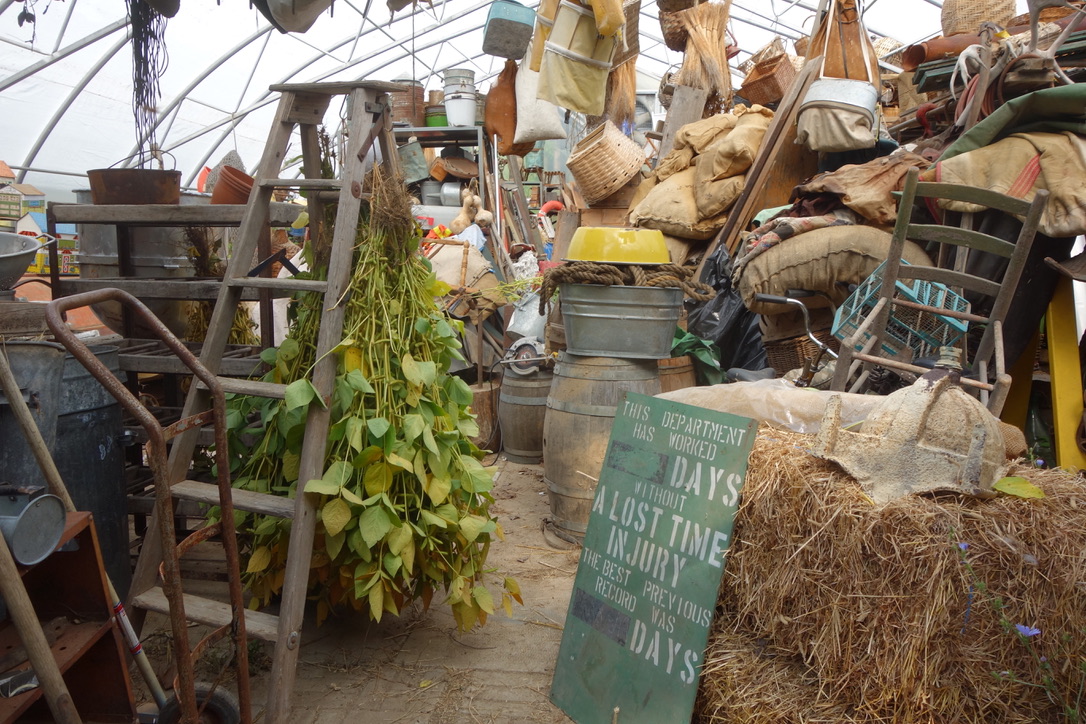
EPISODE 116 VIOLENCE IN MY LIFE Part One
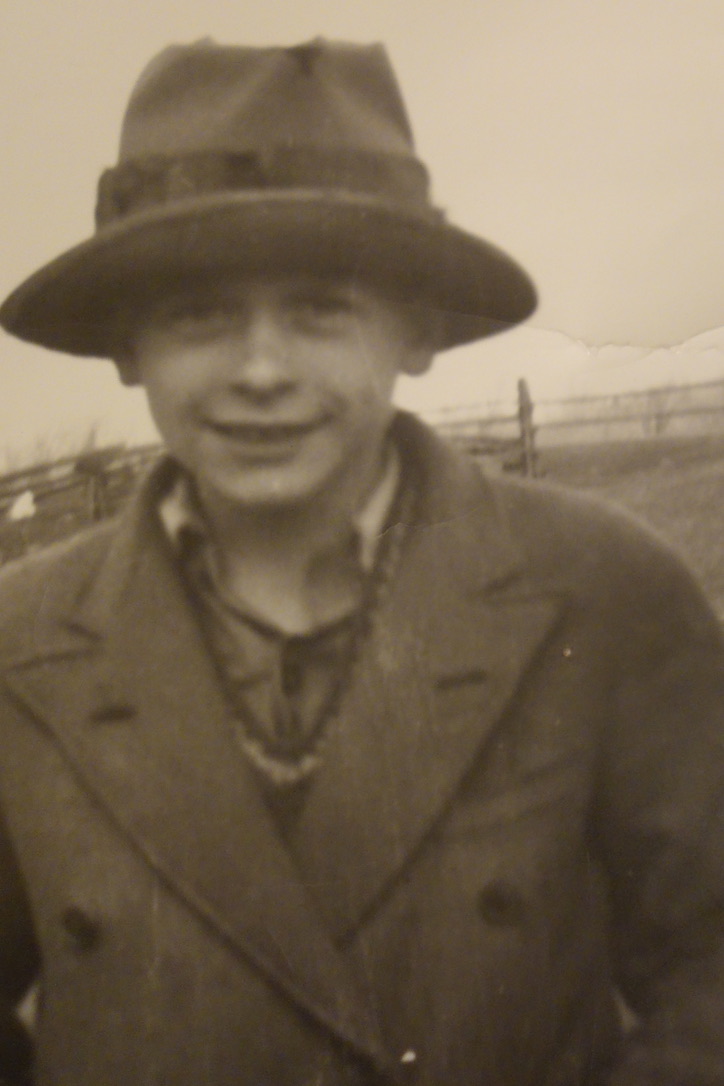
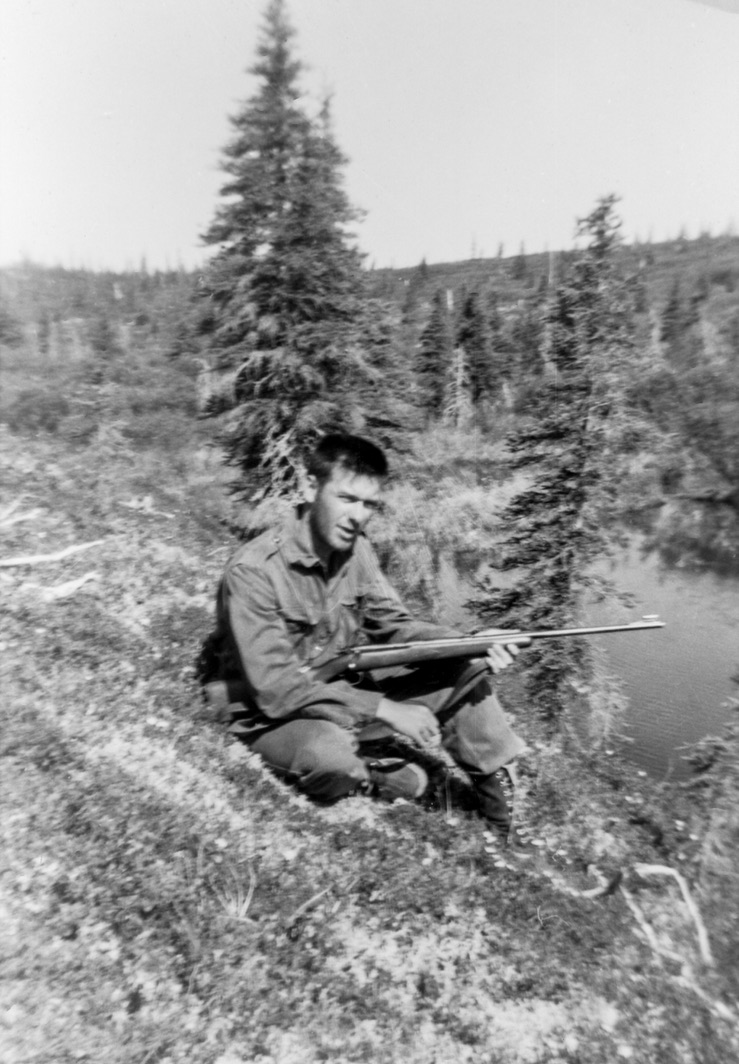
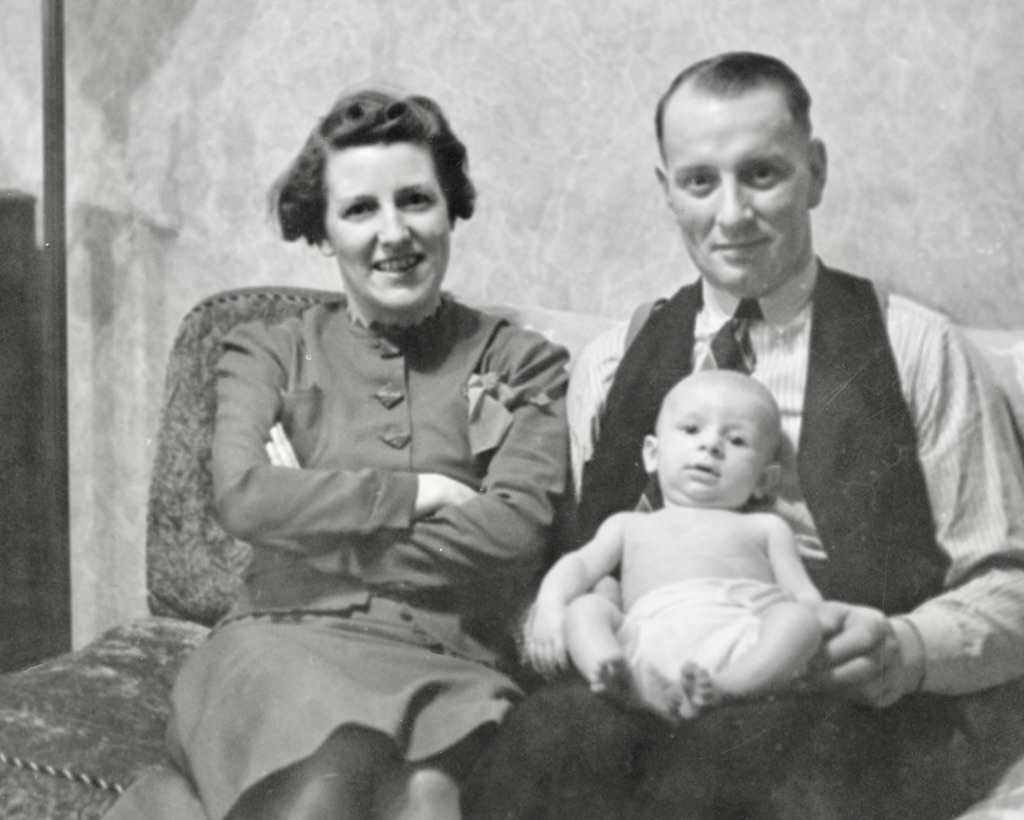
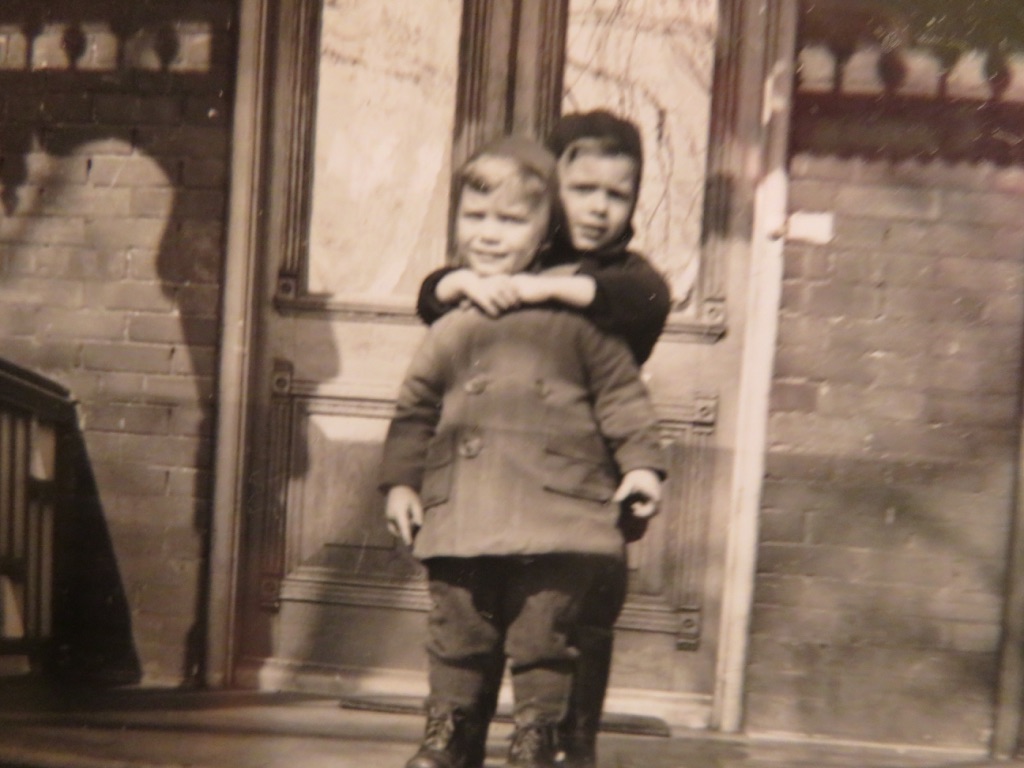



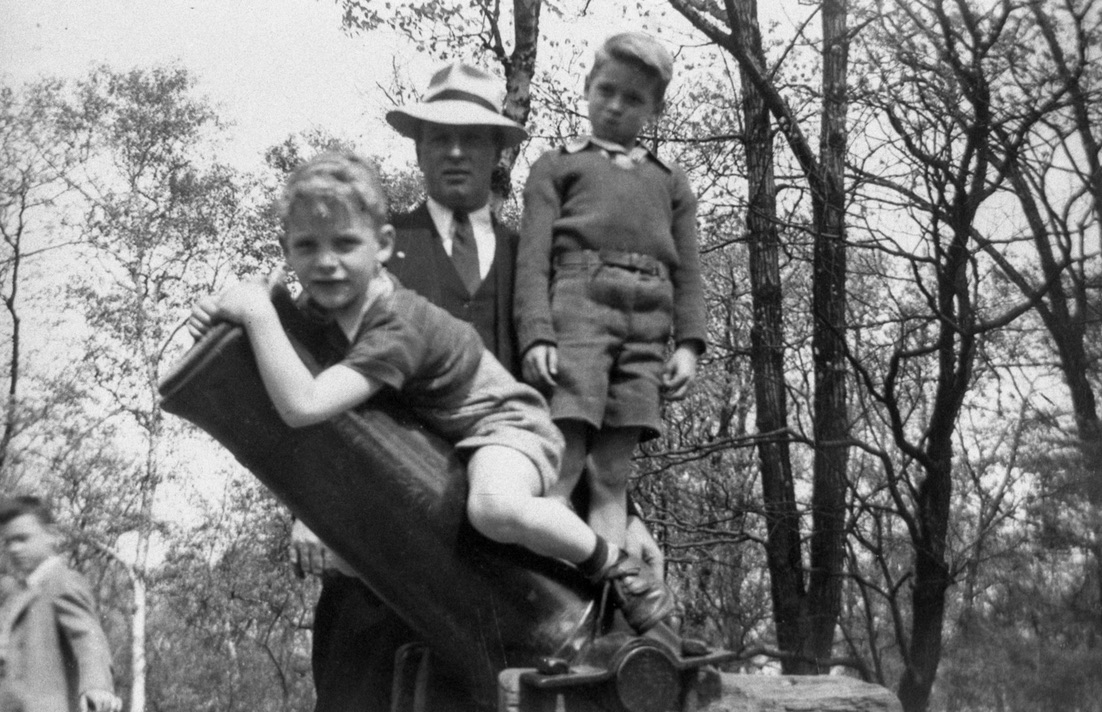
“What are you going to do with it?”
Featured in the November 2015 issue of Traverse, Northern Michigan’s Magazine.
Howard Tanner is not a man who likes to talk about himself. But there are moments when he can’t help but beam with some degree of self-satisfaction. Like the time he was just coming ashore from fishing and a 10-year-old boy identified him simply as “the man who invented salmon.” The latter isn’t such a bad shorthand for what actually happened. Because the fish that many assume has always been here is only in the Great Lakes because Tanner said it should be.
The clock hanging on the wall of Howard Tanner’s dining room—the one he insists every guest pay a visit—is little more than a rectangular piece of wood, heavily lacquered, with thin gold hands. It has the look of something that was made in a trophy shop—which is appropriate, given that it’s really more of a plaque than a timepiece. Lean in closely, and you’ll see it is an award from the Freshwater Fisheries Hall of Fame; a memento documenting the day, according to a small inscription, that Tanner was “eternally enshrined” in fishing history.
“Doesn’t it sound like I’m already dead?” Tanner, now in his early 90s, shouts from his chair in the living room.
His morbid quip is clearly a well-worn joke—an attempt, perhaps, to blunt pride with a little self-deprecating Midwestern modesty. Because, in truth, Howard Tanner has been “eternally enshrined” for good reason. Some have dubbed his work of the 1960s as nothing less than the largest and most successful biomanipulation project ever attempted.
Hear Tanner’s own version of the story and he’ll tell you he was simply in the right place at the right time. The Michigan native and fisheries biologist who grew up in Bellaire had returned home after several years in Colorado to take the head job at the fisheries department at the Michigan Department of Conservation. In 1964, there were certainly more uplifting jobs he could have moved his young family across the country for.
By mid-century, the Great Lakes had become, by many measures, an ecological disaster zone. Invasive species had devastated lake trout, the Great Lakes’ native trophy fish, and overfishing was finishing off what was left. Pollution had grown so intense that environmental groups were collecting dead, oil-soaked ducks from the Detroit River and dumping them on the lawn of the State Capitol. Rotting alewives were washing up on Lake Michigan beaches in a layer described as “a foot thick and 300 miles long.” And the Department of Conservation’s strategy for dealing with any of it, to the extent that there was a strategy, had been labeled a disaster. So when Tanner took the helm, he did so, he admits, aided by low expectations. In fact, as he remembers it, he was only given one directive: To “do something,” and if he could, “make it spectacular.”
As it turned out, Tanner was well-practiced in dealing with loose instructions. Back in Colorado, regulations were thinner and bureaucracy more flexible within the fisheries division. “I wouldn’t say it was the Wild West exactly, but there certainly was a Western style,” Tanner remembers. As he talks, you can tell he has a certain degree of fondness for the time he accidentally got shot with a cyanide gun, or the winter he almost died in an avalanche. Official work, he says, often evolved into leisurely fishing trips where missions were accomplished with the aid of relaxed campfires and plenty of beer. Ecologically, his team played fast and loose with the rules as well, experimenting with all sorts of “crazy things”—for one, introducing non-native species into lakes and reservoirs. One of Tanner’s team’s most unusual and promising experiments in Colorado had been introducing Pacific salmon—a saltwater fish—into freshwater. Despite skepticism that a saltwater species could adapt to freshwater, the salmon thrived and the fishermen loved it.
Now back in Michigan, faced with new challenges, Tanner began wondering if salmon could play a role in restoring some the Great Lakes’ former glory. Void of a top predator fish, the lakes had become ecologically and economically unviable—overrun by smaller, non-native fish like the alewife. Fish that the public actually wanted to catch were on the wane. If introduced, Tanner thought, the salmon could give the Great Lakes a much-needed new kingpin—and give the people of Michigan one of the world’s top trophy fish right on their doorsteps.
To be clear, what Howard Tanner was now contemplating was nothing less than the intentional introduction of a non-native Pacific species to the largest freshwater system in the world. And when he worked up the nerve to start speaking publicly about his idea, people were quick to raise concerns. First and foremost, no fisheries biologist had ever attempted to manage water even close to this size. In Tanner’s case, his master’s degree program had put him in charge of a 27-acre lake; his doctoral program, six lakes—the largest of which was six acres. Lake Michigan alone was 23 million acres. “It was like somebody who had gotten good at raising geraniums in flower pots was now being given a cattle ranch,” Tanner says.
There were also logistical questions. Some argued salmon would die in freshwater or simply head into the St. Lawrence River and out to the open ocean. Others pointed to the many failed attempts to introduce salmon to the Great Lakes dating back to the late 1800s. The plan also faced one giant, undeniable obstacle: coho salmon, the fish that Tanner had identified as the species of choice, simply couldn’t be had. At the time, every single coho egg harvested from the hatcheries of Oregon and Washington were spoken for—part of a grand attempt to re-establish salmon in the heavily dammed Columbia River.
Then came the phone call.
Howard Tanner was sitting in his living room, having his usual pre-dinner cocktail. On the line was one of his old Western colleagues. He was calling to let Tanner know there was an anticipated surplus of coho eggs on the West Coast.
“It was just like the chair fell from under me,” Tanner remembers. “That night, I didn’t sleep much. I just sat there most of the night, thinking, What if … What if?”
The following morning, he was in his office watching the clock tick. With a three-hour difference between Michigan and the coast, he had to wait until midday to confirm the rumors that coho were available. The hearsay turned out to be true. Still, to get some of the eggs, he and his contacts in Oregon would have to navigate a gauntlet of bureaucracy. On top of that, they were working with an immovable biological deadline: If the surplus coho eggs were going to be viable for hatching and release back in Michigan, the whole plan would have to get every bureaucratic stamp in no more than six weeks. But, in a scenario Tanner can characterize only with words like “miracle,” the approvals came. Within a few weeks, one million coho salmon eggs were on a plane, bound for the Great Lakes. Tanner’s spectacular experiment was now underway.
Everything happened so fast that Tanner didn’t yet have money for things like fish food. And he didn’t know exactly where he was going to raise the fish once they hatched. Michigan’s hatchery system, which had been largely devoted to restoring lake trout, was 40 years out of date and in no shape to undertake a program of this size. He went to the legislature and asked for a million dollars—half of which he finally won by promising the chair of the Senate Appropriations Committee that 150,000 of the salmon (and the promised economic boom) would land in the senator’s district. Tanner and his team then embarked on a tour of the state’s hatchery system, looking for just the right place to raise the fish. Eventually, the hatchery on the modest Platte River in Benzie Countywas chosen as the spot where the salmon would start their lives—and, theoretically, return to spawn—if everything went according to plan.
Tanner remembers the moment when the fish were finally ready to be  mynorth.com/wp-content/uploads/2015/11/1115_TVM_feature1b-768×1152.jpg 768w, mynorth.com/wp-content/uploads/2015/11/1115_TVM_feature1b-683×1024.jpg 683w, mynorth.com/wp-content/uploads/2015/11/1115_TVM_feature1b-400×600.jpg 400w, mynorth.com/wp-content/uploads/2015/11/1115_TVM_feature1b-1140×1710.jpg 1140w, mynorth.com/wp-content/uploads/2015/11/1115_TVM_feature1b-970×1455.jpg 970w, mynorth.com/wp-content/uploads/2015/11/1115_TVM_feature1b-480×720.jpg 480w, mynorth.com/wp-content/uploads/2015/11/1115_TVM_feature1b.jpg 1334w” data-src=”https://mynorth.com/wp-content/uploads/2015/11/1115_TVM_feature1b-200×300.jpg” data-sizes=”(max-width: 200px) 100vw, 200px” class=”alignright wp-image-153147 size-medium lazyloaded” src=”https://mynorth.com/wp-content/uploads/2015/11/1115_TVM_feature1b-200×300.jpg” sizes=”(max-width: 200px) 100vw, 200px” srcset=”https://mynorth.com/wp-content/uploads/2015/11/1115_TVM_feature1b-200×300.jpg 200w, mynorth.com/wp-content/uploads/2015/11/1115_TVM_feature1b-768×1152.jpg 768w, mynorth.com/wp-content/uploads/2015/11/1115_TVM_feature1b-683×1024.jpg 683w, mynorth.com/wp-content/uploads/2015/11/1115_TVM_feature1b-400×600.jpg 400w, mynorth.com/wp-content/uploads/2015/11/1115_TVM_feature1b-1140×1710.jpg 1140w, mynorth.com/wp-content/uploads/2015/11/1115_TVM_feature1b-970×1455.jpg 970w, mynorth.com/wp-content/uploads/2015/11/1115_TVM_feature1b-480×720.jpg 480w, mynorth.com/wp-content/uploads/2015/11/1115_TVM_feature1b.jpg 1334w” style=”box-sizing: inherit; border-style: none; height: auto; max-width: 100%; float: right; margin: 12px 0px 24px 24px; opacity: 1; transition: opacity 400ms 0ms;”>released as one of the great moments of his career. It was April 2, 1966, and the now year-and-a-half-old coho were ready to enter the Platte River near Honor, Michigan. He had a special wooden speaker’s platform built for the event. Public officials offered words touting the benefits of the salmon program. The press took photos. Then, Arnell Engstrom, the Traverse City house representative whose vote had been critical in funding the salmon program, picked up a golden bucket and dumped the first batch into the Lake Michigan watershed. Tanner got his turn later in the afternoon on Bear Creek, a tributary of the Manistee, at a site just below Tippy Dam. Swimming with the current, the four-inch “smolts” would find their way to the open water in less than two days.
mynorth.com/wp-content/uploads/2015/11/1115_TVM_feature1b-768×1152.jpg 768w, mynorth.com/wp-content/uploads/2015/11/1115_TVM_feature1b-683×1024.jpg 683w, mynorth.com/wp-content/uploads/2015/11/1115_TVM_feature1b-400×600.jpg 400w, mynorth.com/wp-content/uploads/2015/11/1115_TVM_feature1b-1140×1710.jpg 1140w, mynorth.com/wp-content/uploads/2015/11/1115_TVM_feature1b-970×1455.jpg 970w, mynorth.com/wp-content/uploads/2015/11/1115_TVM_feature1b-480×720.jpg 480w, mynorth.com/wp-content/uploads/2015/11/1115_TVM_feature1b.jpg 1334w” data-src=”https://mynorth.com/wp-content/uploads/2015/11/1115_TVM_feature1b-200×300.jpg” data-sizes=”(max-width: 200px) 100vw, 200px” class=”alignright wp-image-153147 size-medium lazyloaded” src=”https://mynorth.com/wp-content/uploads/2015/11/1115_TVM_feature1b-200×300.jpg” sizes=”(max-width: 200px) 100vw, 200px” srcset=”https://mynorth.com/wp-content/uploads/2015/11/1115_TVM_feature1b-200×300.jpg 200w, mynorth.com/wp-content/uploads/2015/11/1115_TVM_feature1b-768×1152.jpg 768w, mynorth.com/wp-content/uploads/2015/11/1115_TVM_feature1b-683×1024.jpg 683w, mynorth.com/wp-content/uploads/2015/11/1115_TVM_feature1b-400×600.jpg 400w, mynorth.com/wp-content/uploads/2015/11/1115_TVM_feature1b-1140×1710.jpg 1140w, mynorth.com/wp-content/uploads/2015/11/1115_TVM_feature1b-970×1455.jpg 970w, mynorth.com/wp-content/uploads/2015/11/1115_TVM_feature1b-480×720.jpg 480w, mynorth.com/wp-content/uploads/2015/11/1115_TVM_feature1b.jpg 1334w” style=”box-sizing: inherit; border-style: none; height: auto; max-width: 100%; float: right; margin: 12px 0px 24px 24px; opacity: 1; transition: opacity 400ms 0ms;”>released as one of the great moments of his career. It was April 2, 1966, and the now year-and-a-half-old coho were ready to enter the Platte River near Honor, Michigan. He had a special wooden speaker’s platform built for the event. Public officials offered words touting the benefits of the salmon program. The press took photos. Then, Arnell Engstrom, the Traverse City house representative whose vote had been critical in funding the salmon program, picked up a golden bucket and dumped the first batch into the Lake Michigan watershed. Tanner got his turn later in the afternoon on Bear Creek, a tributary of the Manistee, at a site just below Tippy Dam. Swimming with the current, the four-inch “smolts” would find their way to the open water in less than two days.
If everything went according to plan, the young coho would spend a year and a half in the open water before returning to the Platte River in the fall of 1967. And early indications suggested the fish would indeed find their way home. In the fall of 1966, the “Jack” salmon—a small class of precocious fish that spawn a year ahead of schedule—started showing up in Platte Bay, many in a form that astonished Tanner’s Western colleagues and foreshadowed a potentially colossal spawning run the following year. “On the coast, the Jack will maybe weigh a pound and a half or two pounds,” Tanner says. “Some of our fish were coming back at seven pounds. The guys from Oregon just shook their heads and said, ‘You’d better get ready. You’d better get ready.’ ”
Even today, what happened next still stands as the biggest “big fish” story in Great Lakes history. In late August 1967, tens of thousands of returning salmon suddenly announced their presence—this time without a formal speech. coho rushed into Platte Bay, and the fishermen followed—largely learning of the spectacle by word of mouth. Tanner has aerial photos from that fall showing tiny Platte Bay jammed with 3,000-plus boats, many of them canoes and little aluminum dinghies not suitable for open water. The boats formed a near-solid mass; some fishermen joked you could almost walk from boat to boat and never get wet. And in between, the fish were so thick, they were porpoising out of the water.
Tiny coastal towns like Honor, Empire and Frankfort suddenly found themselves overrun with tens of thousands of fishermen and wannabe fishermen. The tiny boat launches grew tails of cars and trailers that ran miles long. One man, Tanner remembers, even started a taxi service to ferry people back and forth. Another guy was selling hot dogs. Lures sold out, so people started renting lures. In September, Sports Illustrated even showed up to cover the event they dubbed a “boom on Lake Michigan.”
People who had never caught any fish of any size like these were catching five, and their tiny little boats were just full of salmon. Nobody had to embellish the stories. It was madness.
 mynorth.com/wp-content/uploads/2015/11/1115_TVM_feature1-768×512.jpg 768w, mynorth.com/wp-content/uploads/2015/11/1115_TVM_feature1-1024×683.jpg 1024w, mynorth.com/wp-content/uploads/2015/11/1115_TVM_feature1-752×501.jpg 752w, mynorth.com/wp-content/uploads/2015/11/1115_TVM_feature1-1140×760.jpg 1140w, mynorth.com/wp-content/uploads/2015/11/1115_TVM_feature1-970×647.jpg 970w, mynorth.com/wp-content/uploads/2015/11/1115_TVM_feature1-480×320.jpg 480w, mynorth.com/wp-content/uploads/2015/11/1115_TVM_feature1.jpg 2000w” data-src=”https://mynorth.com/wp-content/uploads/2015/11/1115_TVM_feature1-300×200.jpg” data-sizes=”(max-width: 700px) 100vw, 700px” class=”aligncenter wp-image-153149 lazyloaded” src=”https://mynorth.com/wp-content/uploads/2015/11/1115_TVM_feature1-300×200.jpg” sizes=”(max-width: 700px) 100vw, 700px” srcset=”https://mynorth.com/wp-content/uploads/2015/11/1115_TVM_feature1-300×200.jpg 300w, mynorth.com/wp-content/uploads/2015/11/1115_TVM_feature1-768×512.jpg 768w, mynorth.com/wp-content/uploads/2015/11/1115_TVM_feature1-1024×683.jpg 1024w, mynorth.com/wp-content/uploads/2015/11/1115_TVM_feature1-752×501.jpg 752w, mynorth.com/wp-content/uploads/2015/11/1115_TVM_feature1-1140×760.jpg 1140w, mynorth.com/wp-content/uploads/2015/11/1115_TVM_feature1-970×647.jpg 970w, mynorth.com/wp-content/uploads/2015/11/1115_TVM_feature1-480×320.jpg 480w, mynorth.com/wp-content/uploads/2015/11/1115_TVM_feature1.jpg 2000w” style=”box-sizing: inherit; border-style: none; height: auto; max-width: 100%; display: block; margin: 24px auto; opacity: 1; transition: opacity 400ms 0ms;”>
mynorth.com/wp-content/uploads/2015/11/1115_TVM_feature1-768×512.jpg 768w, mynorth.com/wp-content/uploads/2015/11/1115_TVM_feature1-1024×683.jpg 1024w, mynorth.com/wp-content/uploads/2015/11/1115_TVM_feature1-752×501.jpg 752w, mynorth.com/wp-content/uploads/2015/11/1115_TVM_feature1-1140×760.jpg 1140w, mynorth.com/wp-content/uploads/2015/11/1115_TVM_feature1-970×647.jpg 970w, mynorth.com/wp-content/uploads/2015/11/1115_TVM_feature1-480×320.jpg 480w, mynorth.com/wp-content/uploads/2015/11/1115_TVM_feature1.jpg 2000w” data-src=”https://mynorth.com/wp-content/uploads/2015/11/1115_TVM_feature1-300×200.jpg” data-sizes=”(max-width: 700px) 100vw, 700px” class=”aligncenter wp-image-153149 lazyloaded” src=”https://mynorth.com/wp-content/uploads/2015/11/1115_TVM_feature1-300×200.jpg” sizes=”(max-width: 700px) 100vw, 700px” srcset=”https://mynorth.com/wp-content/uploads/2015/11/1115_TVM_feature1-300×200.jpg 300w, mynorth.com/wp-content/uploads/2015/11/1115_TVM_feature1-768×512.jpg 768w, mynorth.com/wp-content/uploads/2015/11/1115_TVM_feature1-1024×683.jpg 1024w, mynorth.com/wp-content/uploads/2015/11/1115_TVM_feature1-752×501.jpg 752w, mynorth.com/wp-content/uploads/2015/11/1115_TVM_feature1-1140×760.jpg 1140w, mynorth.com/wp-content/uploads/2015/11/1115_TVM_feature1-970×647.jpg 970w, mynorth.com/wp-content/uploads/2015/11/1115_TVM_feature1-480×320.jpg 480w, mynorth.com/wp-content/uploads/2015/11/1115_TVM_feature1.jpg 2000w” style=”box-sizing: inherit; border-style: none; height: auto; max-width: 100%; display: block; margin: 24px auto; opacity: 1; transition: opacity 400ms 0ms;”>
The impacts of the salmon were huge and immediate. The value of riparian property in the surrounding area doubled almost instantly. Hotels and businesses sprouted up in Michigan’s new salmon country. Tiny Honor, Michigan, population 300, even christened itself the state’s new “Coho Capital.” The joyful hysteria was only briefly interrupted by tragedy on September 23, when the crush of mostly inexperienced anglers ignored small-craft warnings and found themselves overrun by a violent Lake Michigan storm. One hundred fifty boats were swamped; seven people drowned. But it hardly blunted the public’s appetite for salmon. Now, every coastal town’s bait shop and city hall were lobbying for the fish to be planted in the local stream. And the state delivered, stocking millions more coho across the rest of the Great Lakes in the following years, and furiously expanding the antiquated hatchery system to give the people what they wanted.
Doubling down on its great salmon experiment, the state added an even bigger trophy to the mix of Great Lakes fish the following year. The Chinook salmon was a Pacific species two to three times bigger than the coho, was cheaper to produce, and had a diet that consisted almost exclusively of the hated alewife. Within a few years of the new super-salmon hitting the open water, reeling in a 30-pounder became common. Fishermen loved it. Sunbathers loved the fact that alewives weren’t rotting on their beaches. And the fisheries department kept the big fish coming, flooding the Great Lakes with millions of coho and Chinook every year—the state’s economy, in turn, flooding with the windfalls of a world-class fishery that seemed to have been created overnight.
“It almost gave us the impression that the system was unlimited,” says Randy Claramunt, a fisheries research biologist with the Michigan Department of Natural Resources. “The more salmon we put in, the more salmon we got out. Literally, we went from zero stocking to almost eight million a year in the 1980s, and we still had record-high harvest levels.”
By the mid-1980s, there was no arguing that Tanner’s original vision had indeed evolved into something worthy of the word “spectacular.” Just two decades after his coho fingerlings were released into the Platte River, the salmon had brought under control one of the area’s worst invaders, alewives. The sport-fishing industry, previously non-existent, was now valued in the billions of dollars. And people came from all over the country to fish the Great Lakes.
But the record catches and the new trickle-down salmon economy in which everyone seemed a winner weren’t telling the whole story. Though no one knew it at the time, the Lake Michigan fishery, the crown jewel of the lakes, was beginning to strain. The system did indeed have limits. And without warning, the once-mighty Chinook, the adopted king of Michigan waters, all but vanished almost as quickly as it appeared.
In a plot twist worthy of the theater, it was the demise of the fish everybody hated that brought down the fish everybody loved. The alewife—the invasive saltwater species that was best known for dying and rotting en masse on Michigan beaches—had given the Chinook salmon what seemed like an endless food supply. In fact, when the salmon program was first conceived, it was never done so as an alewife control program; the small invaders were so prolific that the idea that their populations could be significantly impacted by a predator seemed like wishful thinking.
In less than two decades, however, the Chinook began to chip away at the alewife’s dominance. In fact, by the early 1980s, alewife biomass in the Great Lakes stood at less than 20 percent of historic highs—largely because of salmon predation. With less to eat, the salmon being reeled in from the lakes started to get smaller and thinner. Then, in the mid-1980s, the already-stressed Chinook was overcome by an outbreak of a mysterious kidney disease, one that would later be linked to the high-density hatcheries unknowingly pushing out diseased fish to keep up with the public’s demand for salmon. Though the less-fished and more-adaptable coho toughed it out, the mighty Chinook soon disappeared from Lake Michigan.
More than a decade later, the story repeated itself in Lake Huron in an even more devastating fashion. Better rates of natural reproduction and heavy stocking led to a scenario in which the Chinook ate themselves out of an ecosystem. To make matters worse, new invasive species like the zebra and quagga mussels—both of which filtered plankton out of the lake—undermined the alewives’ own food supply. Faced with pressure from both the bottom and top of the food chain, the alewife population collapsed in the early 2000s, the Chinook population following close behind. Stories of big fish harvested from Lake Huron were quickly replaced by those of gas stations, hotels and restaurants going belly-up. There were even stories about charter boat fishermen moving west to try to start over on the Lake Michigan side, where salmon populations had started to rebound.
The salmon bust revealed new truths that had gradually become latent fundamentals of the salmon program. For one, if the state was going to maintain salmon as a top predator in the Great Lakes, it needed a more nuanced policy than raising as many fish as it could and dumping them into the water. It was also obvious now that the salmon economy had grown too big to fail: The experiment that Howard Tanner had started almost on a hunch had now evolved into a $7 billion economy and a vital tool for restoring balance to the largest freshwater system in the world. More importantly, though, the salmon program had inadvertently ushered in an era whereby the Great Lakes would now be a highly managed entity, and from which there was no turning back.
Long gone are the days where the only thing limiting the number of salmon the DNR puts in the Great Lakes is how many salmon the hatcheries can produce. Today’s approach to managing salmon has evolved into a highly nuanced, high-tech venture. You can see it on the boat that fisheries biologist Randy Claramunt takes out on Lake Michigan every August, when he heads out to do a census of the lake. One of his favorite tools: A hydroacoustic survey unit that allows him to count prey fish like the alewife, and in turn, figure out how many salmon the lake can support.
“Less than 15 years ago, it took two months to survey the entire lake,” Claramunt says. “Now we survey the entire lake in less than 10 days. It’s getting to the point where we can almost make annual changes to our salmon stocking rates based on how many prey fish are in the lake.”
One of Claramunt’s newest research frontiers is getting a better handle on how much natural salmon reproduction is happening in the system. To do that, the fisheries division is now tagging every Chinook salmon that it stocks in the Great Lakes; when an angler catches a tagged fish, he or she turns in its head at their local research station. Knowing how many wild fish are in Lake Michigan lets the fisheries department know how many more hatchery-raised fish they can afford to add to the mix without pushing things out of balance.
A strategy that involves so much less shooting in the dark is important to avoid periods of boom and bust like the Great Lakes have seen in the past. “The debate over salmon now is whether we can use them as a tool to control things like the alewife, or if they’re just a bomb waiting to go off,” Claramunt says. In particular, many biologists are now fearing the devastating collapse in Lake Huron could be soon be repeated in Lake Michigan. With some of the same biological forces now at work, many are surprised it hasn’t happened already. Zebra and quagga mussels, which undermine the food chain that all fish species depend on, are both abundant in Lake Michigan. Just as in Lake Huron, their pressure on smaller prey fish like the alewife has a direct effect on the Chinook. Indeed, Claramunt’s last two surveys of the lake, which revealed major declines in alewife reproduction, are cause for concern. “Three consecutive failures of prey fish reproduction almost always equates into a predator crash, which is exactly what we are managing to avoid,” he says.
Some argue, though, it’s not worth all the effort. Many would rather see the fisheries program reorient itself toward a focus on restoration of native species rather than deepening the lakes’ dependence on an introduced species like the salmon. From their perspective, the salmon have done their job: bringing the alewife population under control, and even conveniently pressing their own self-destruct button. Indeed, since the Chinook collapse in Lake Huron, some native species seem to have rebounded, though biologists say this may have more to do with the lack of alewives, which preys on the eggs and juveniles of native species, than the lack of Chinook.
“Some people would rather see us try to bring the lake trout back,” Randy Claramunt says. “But the question is, can a restored lake trout population control alewives? And before we have that debate, I wouldn’t want to eliminate a fishery that is providing both an economic and ecological benefit in hopes that the lake trout can do the job. As long as we’re going to see invasive species play a major role in shaping the ecosystem, we will have to have fish hatcheries and ways of manipulating the system to mitigate those impacts. And for the foreseeable future, salmon will likely be one of those tools.”
Howard Tanner, for one, is happy the salmon will keep coming—not just because it’s his legacy, but also because he feels like it’s good management. He still likes to debate such issues, and though long-retired, he still talks about the department’s new ideas for the salmon program in the plural first person, as in “we.” A lifelong fisherman, he still likes fishing for salmon. In fact, every summer, he still makes the pilgrimage to “the Big Lake” in hopes of reeling in another big Pacific fish. Thanks to him, it’s an adventure that’s just a short drive away. So we say, thank you, Howard Tanner.
Lou Blouin is a writer and public radio producer. He lives in Pittsburgh, where he covers environmental issues on public radio.

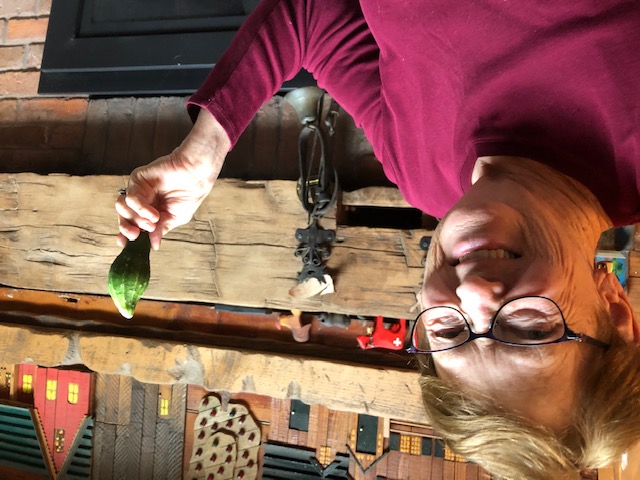




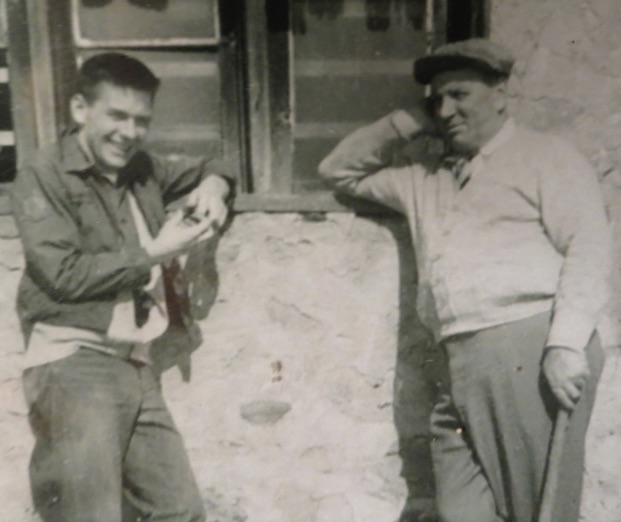

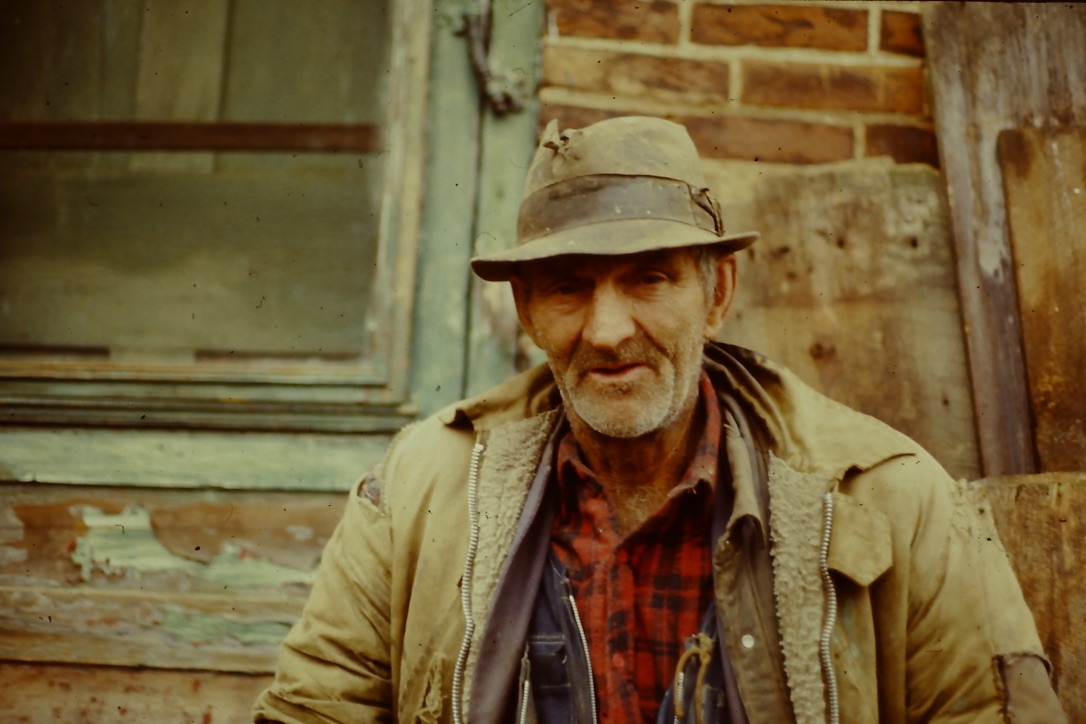
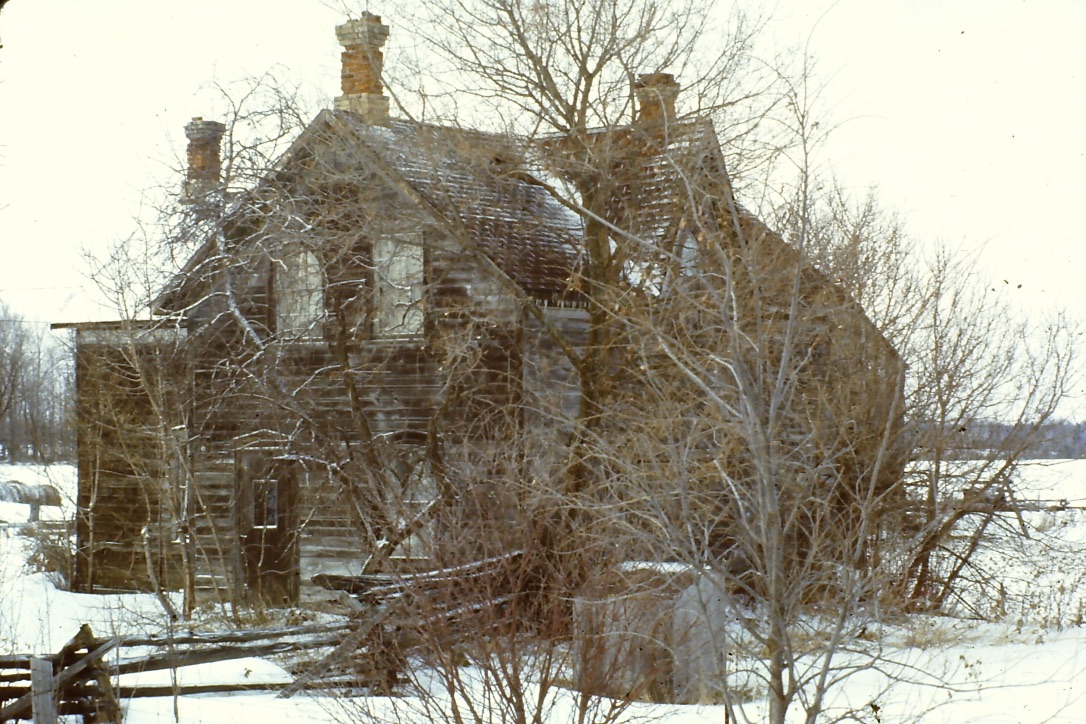



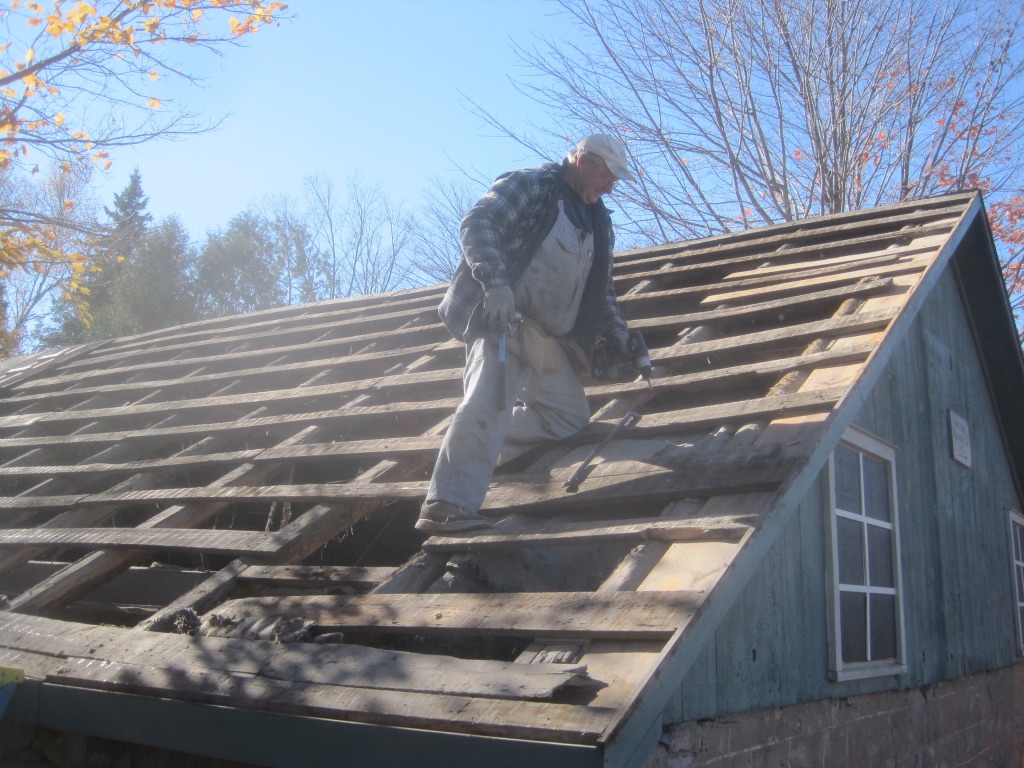
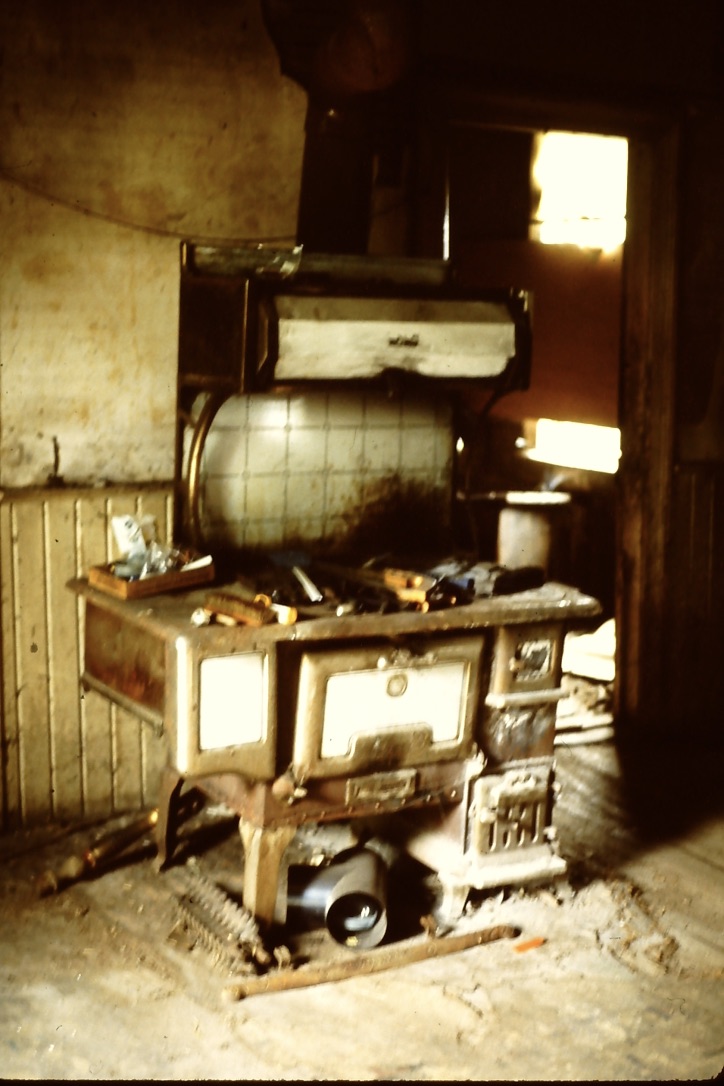
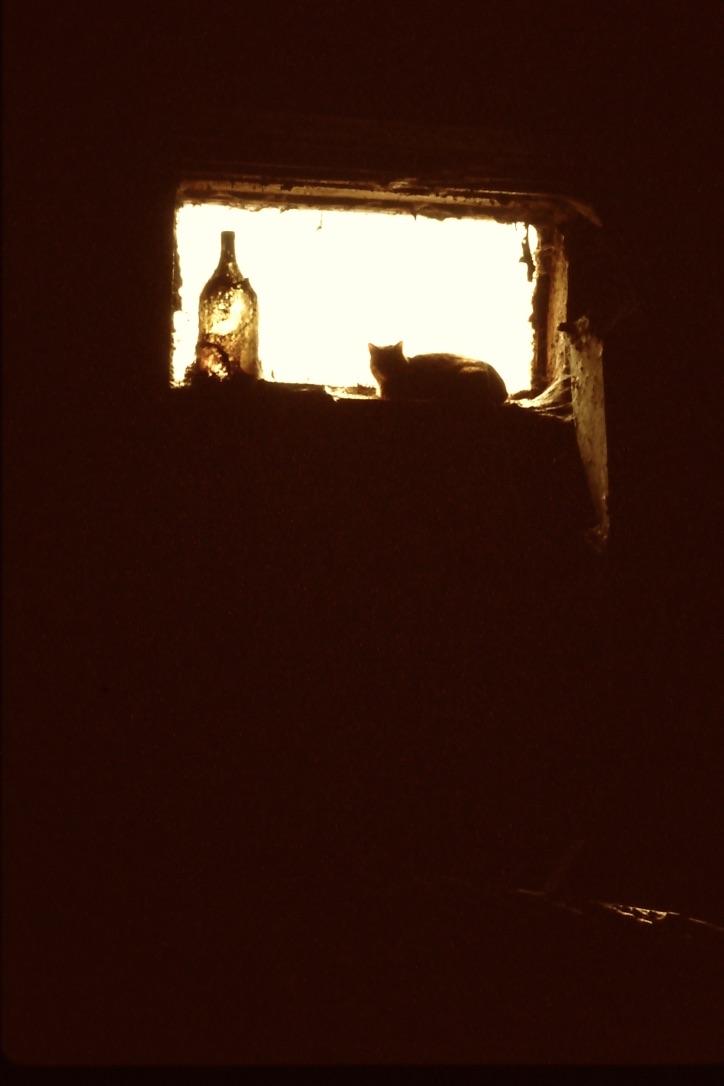
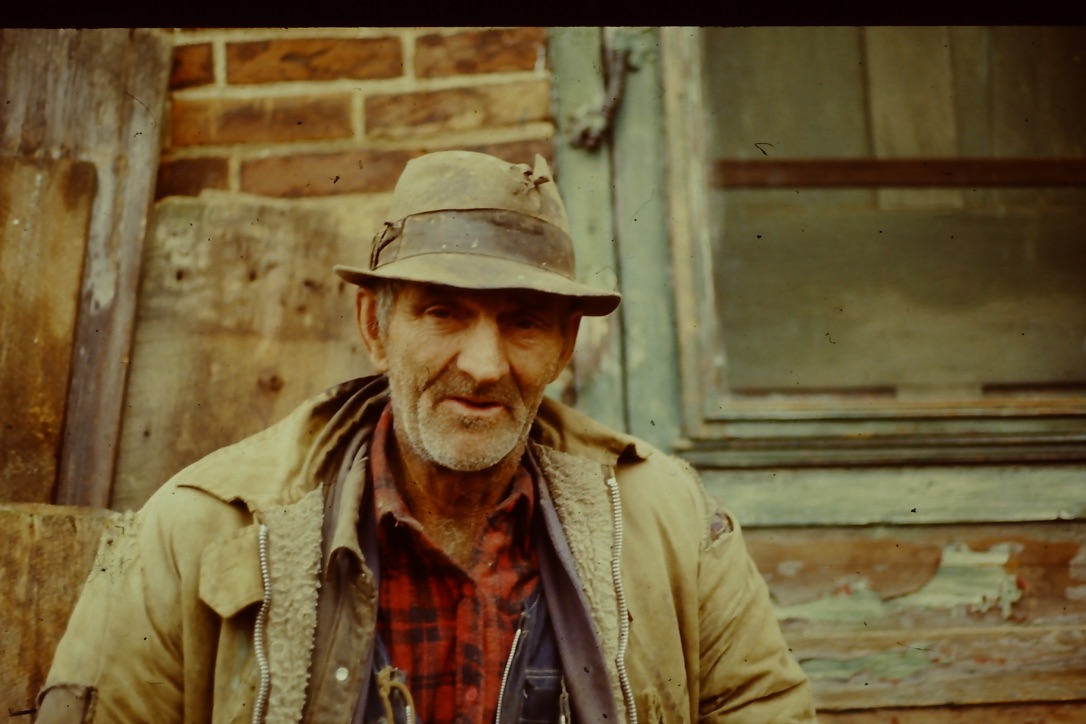
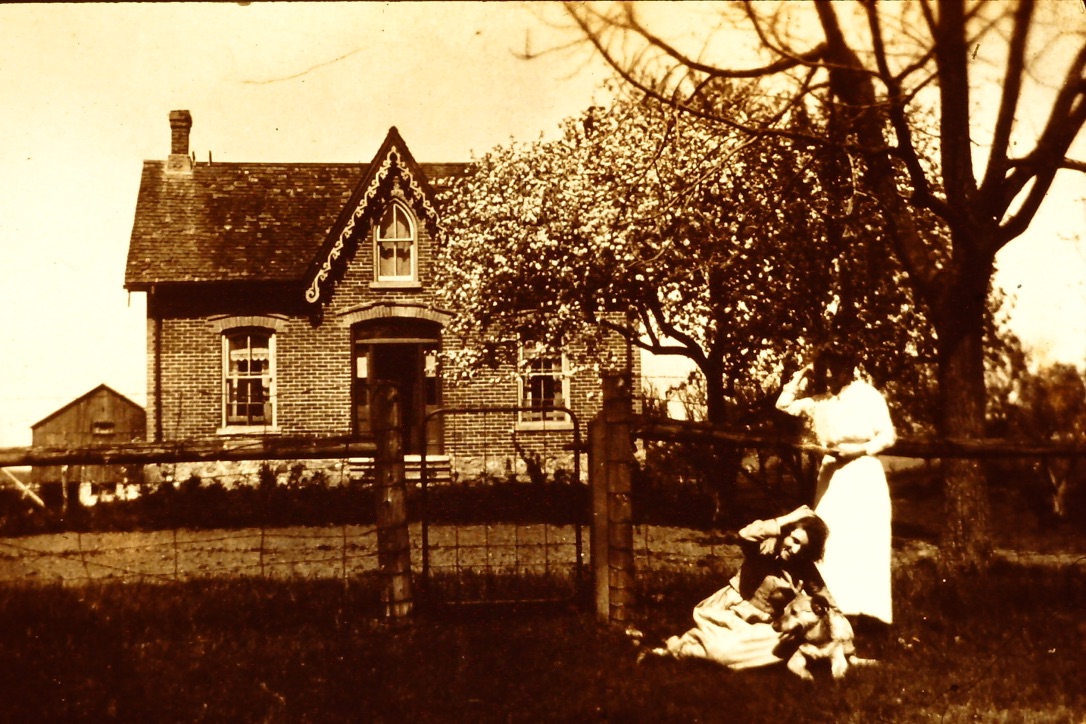

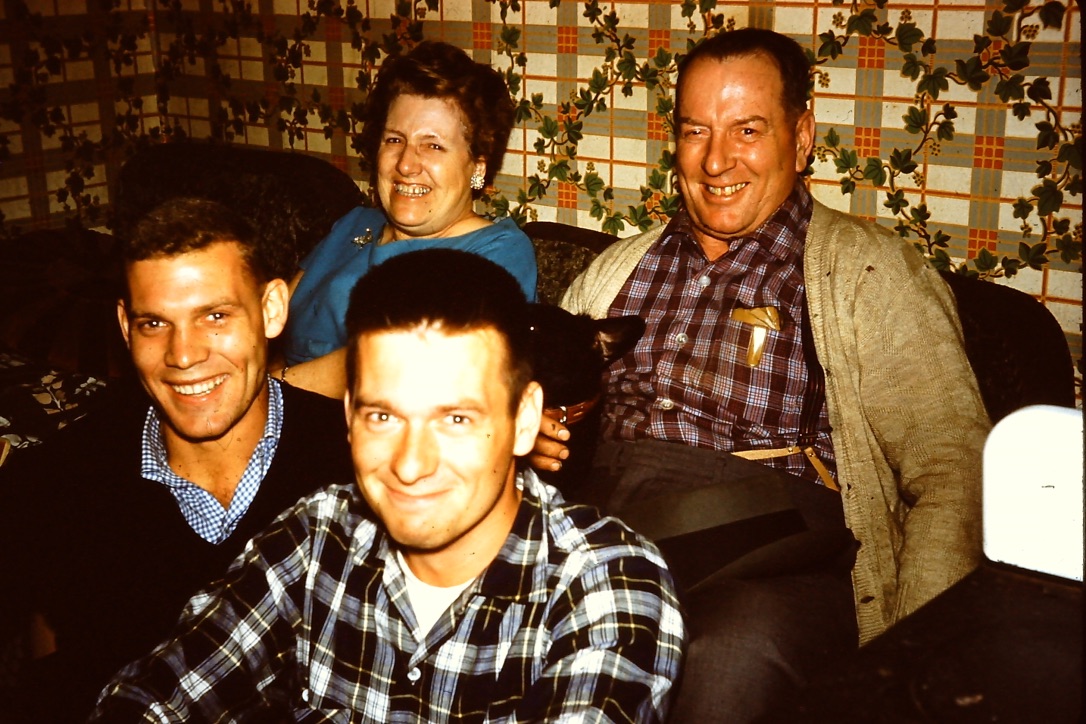
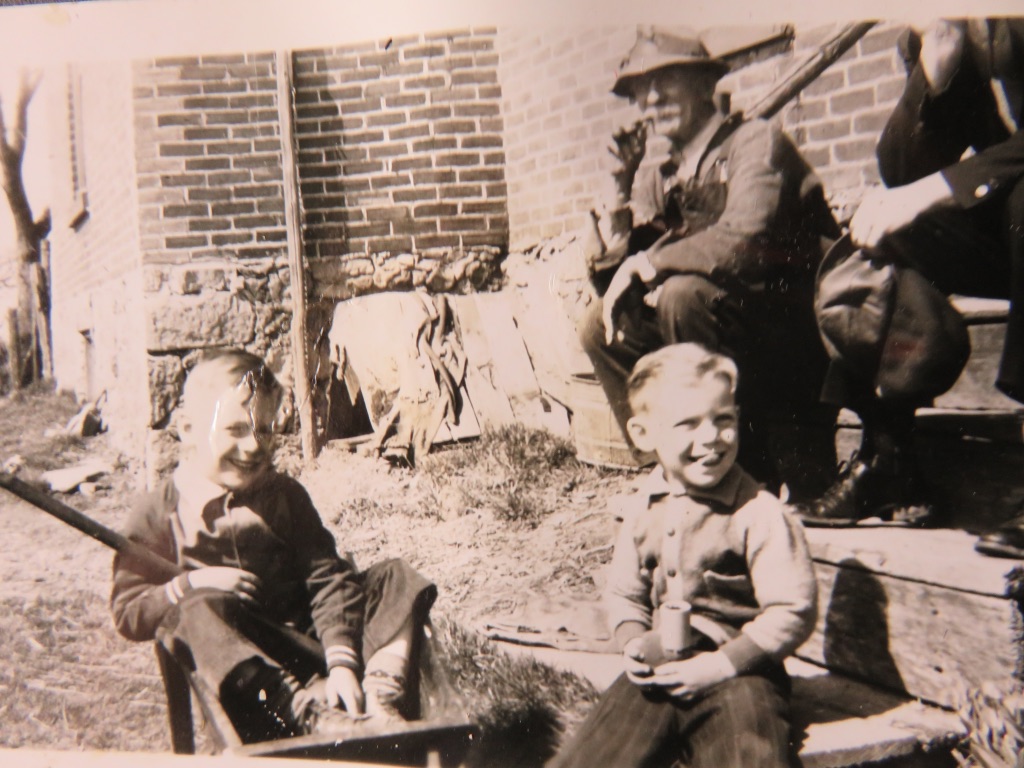
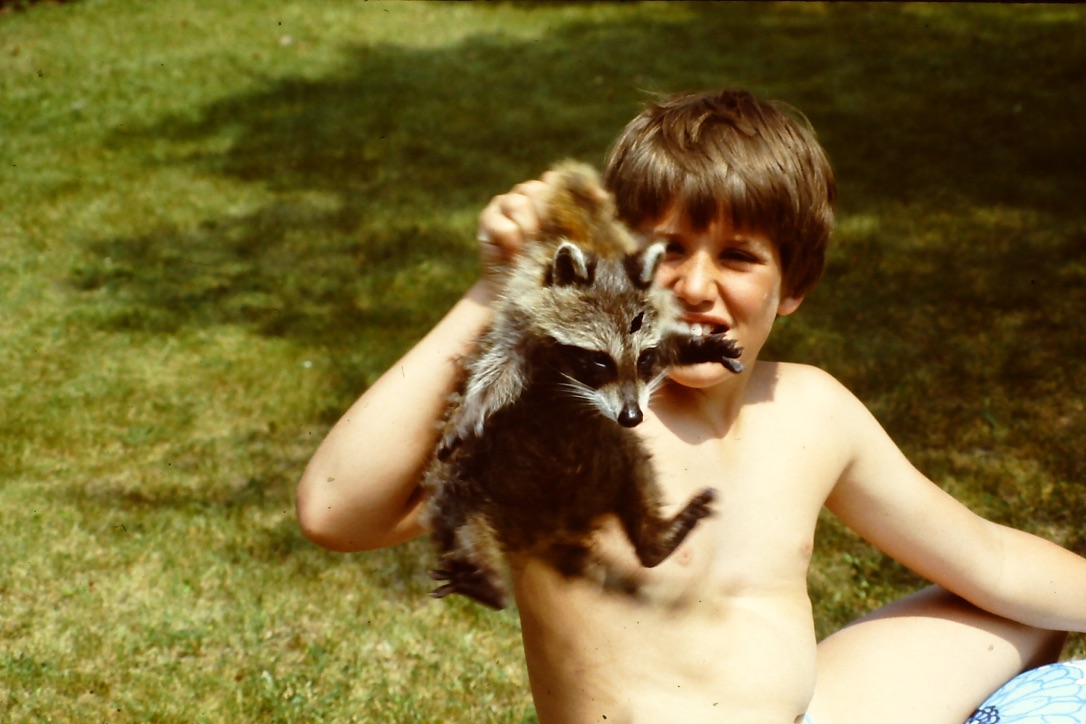
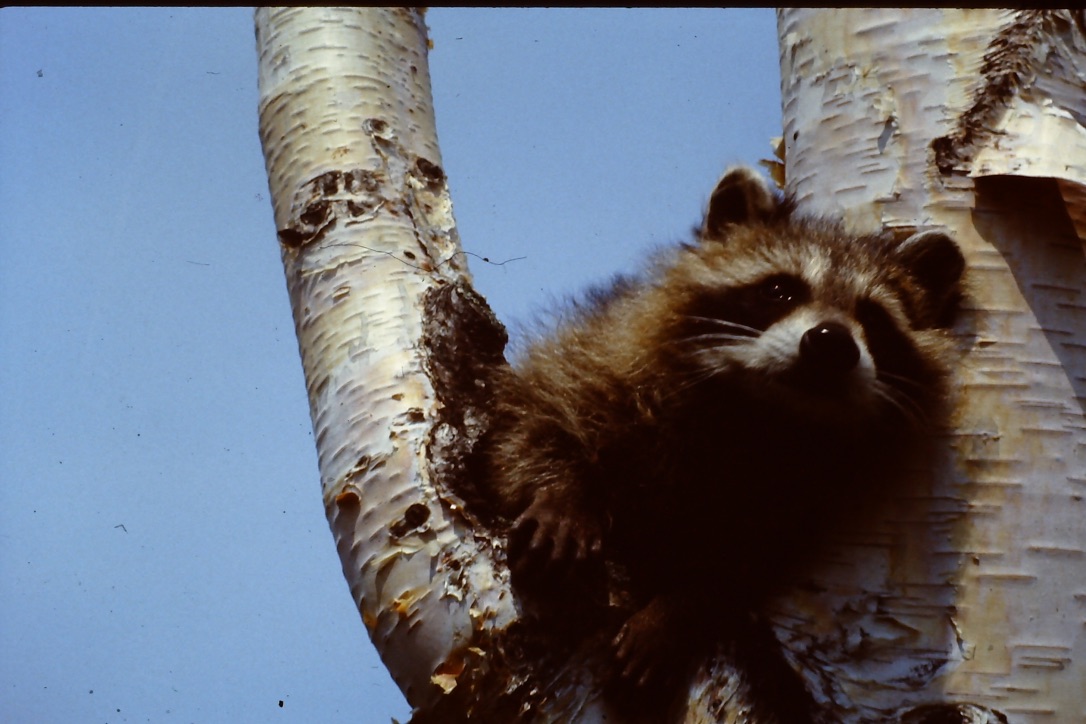

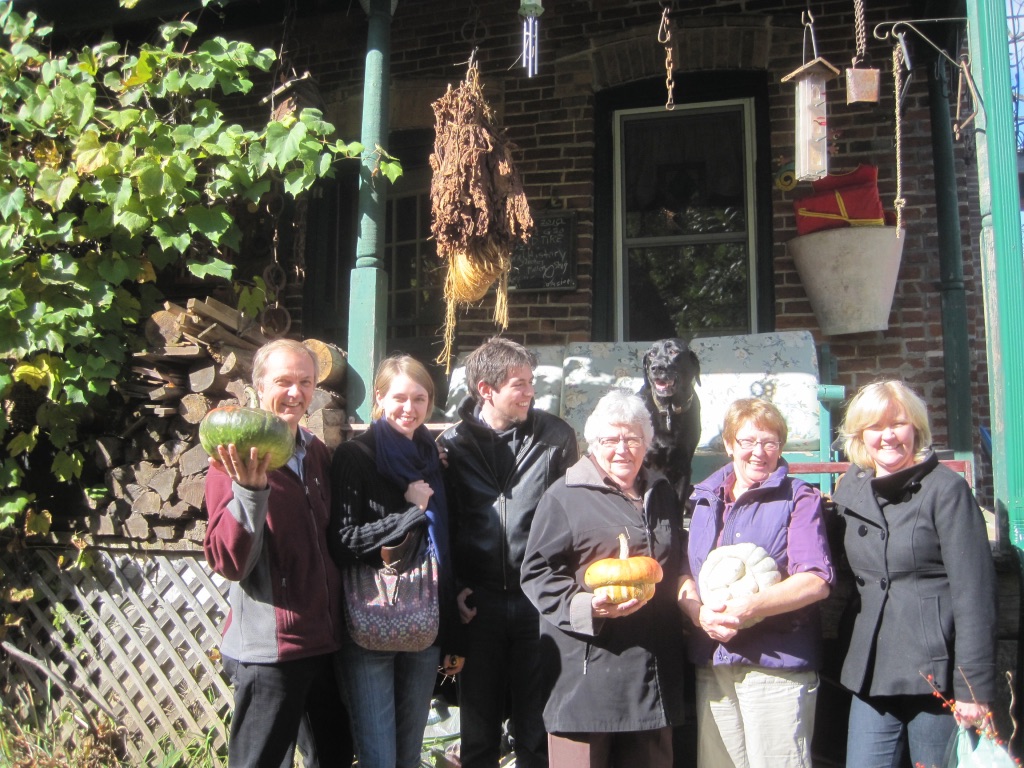
 mynorth.com/wp-content/uploads/2015/11/1115_TVM_feature1d-768×1152.jpg 768w, mynorth.com/wp-content/uploads/2015/11/1115_TVM_feature1d-682×1024.jpg 682w, mynorth.com/wp-content/uploads/2015/11/1115_TVM_feature1d-400×600.jpg 400w, mynorth.com/wp-content/uploads/2015/11/1115_TVM_feature1d-1140×1711.jpg 1140w, mynorth.com/wp-content/uploads/2015/11/1115_TVM_feature1d-970×1455.jpg 970w, mynorth.com/wp-content/uploads/2015/11/1115_TVM_feature1d-480×720.jpg 480w, mynorth.com/wp-content/uploads/2015/11/1115_TVM_feature1d.jpg 1333w” data-src=”https://mynorth.com/wp-content/uploads/2015/11/1115_TVM_feature1d-200×300.jpg” data-sizes=”(max-width: 200px) 100vw, 200px” class=”wp-image-153146 size-medium lazyloaded” src=”https://mynorth.com/wp-content/uploads/2015/11/1115_TVM_feature1d-200×300.jpg” sizes=”(max-width: 200px) 100vw, 200px” srcset=”https://mynorth.com/wp-content/uploads/2015/11/1115_TVM_feature1d-200×300.jpg 200w, mynorth.com/wp-content/uploads/2015/11/1115_TVM_feature1d-768×1152.jpg 768w, mynorth.com/wp-content/uploads/2015/11/1115_TVM_feature1d-682×1024.jpg 682w, mynorth.com/wp-content/uploads/2015/11/1115_TVM_feature1d-400×600.jpg 400w, mynorth.com/wp-content/uploads/2015/11/1115_TVM_feature1d-1140×1711.jpg 1140w, mynorth.com/wp-content/uploads/2015/11/1115_TVM_feature1d-970×1455.jpg 970w, mynorth.com/wp-content/uploads/2015/11/1115_TVM_feature1d-480×720.jpg 480w, mynorth.com/wp-content/uploads/2015/11/1115_TVM_feature1d.jpg 1333w” style=”box-sizing: inherit; border: 0px; height: auto; max-width: 100%; opacity: 1; transition: opacity 400ms 0ms; margin: 0px; padding: 0px; width: auto;”>
mynorth.com/wp-content/uploads/2015/11/1115_TVM_feature1d-768×1152.jpg 768w, mynorth.com/wp-content/uploads/2015/11/1115_TVM_feature1d-682×1024.jpg 682w, mynorth.com/wp-content/uploads/2015/11/1115_TVM_feature1d-400×600.jpg 400w, mynorth.com/wp-content/uploads/2015/11/1115_TVM_feature1d-1140×1711.jpg 1140w, mynorth.com/wp-content/uploads/2015/11/1115_TVM_feature1d-970×1455.jpg 970w, mynorth.com/wp-content/uploads/2015/11/1115_TVM_feature1d-480×720.jpg 480w, mynorth.com/wp-content/uploads/2015/11/1115_TVM_feature1d.jpg 1333w” data-src=”https://mynorth.com/wp-content/uploads/2015/11/1115_TVM_feature1d-200×300.jpg” data-sizes=”(max-width: 200px) 100vw, 200px” class=”wp-image-153146 size-medium lazyloaded” src=”https://mynorth.com/wp-content/uploads/2015/11/1115_TVM_feature1d-200×300.jpg” sizes=”(max-width: 200px) 100vw, 200px” srcset=”https://mynorth.com/wp-content/uploads/2015/11/1115_TVM_feature1d-200×300.jpg 200w, mynorth.com/wp-content/uploads/2015/11/1115_TVM_feature1d-768×1152.jpg 768w, mynorth.com/wp-content/uploads/2015/11/1115_TVM_feature1d-682×1024.jpg 682w, mynorth.com/wp-content/uploads/2015/11/1115_TVM_feature1d-400×600.jpg 400w, mynorth.com/wp-content/uploads/2015/11/1115_TVM_feature1d-1140×1711.jpg 1140w, mynorth.com/wp-content/uploads/2015/11/1115_TVM_feature1d-970×1455.jpg 970w, mynorth.com/wp-content/uploads/2015/11/1115_TVM_feature1d-480×720.jpg 480w, mynorth.com/wp-content/uploads/2015/11/1115_TVM_feature1d.jpg 1333w” style=”box-sizing: inherit; border: 0px; height: auto; max-width: 100%; opacity: 1; transition: opacity 400ms 0ms; margin: 0px; padding: 0px; width: auto;”>